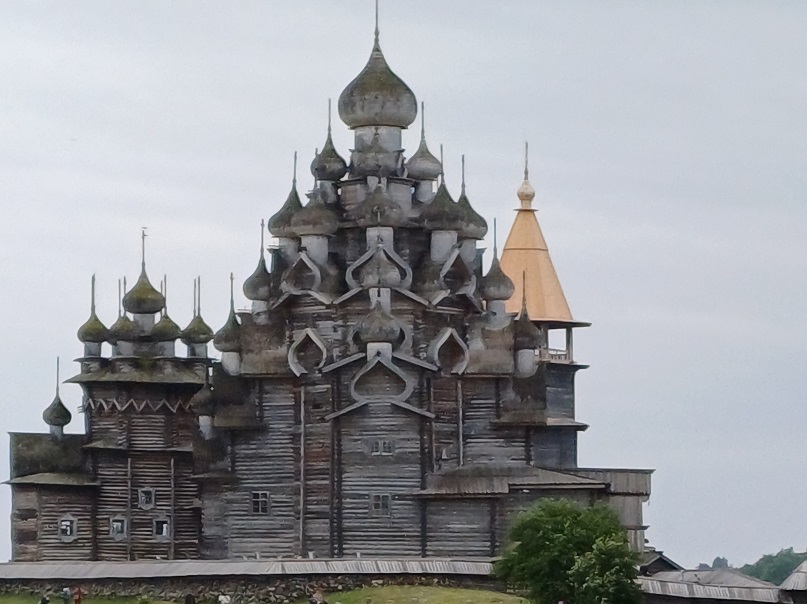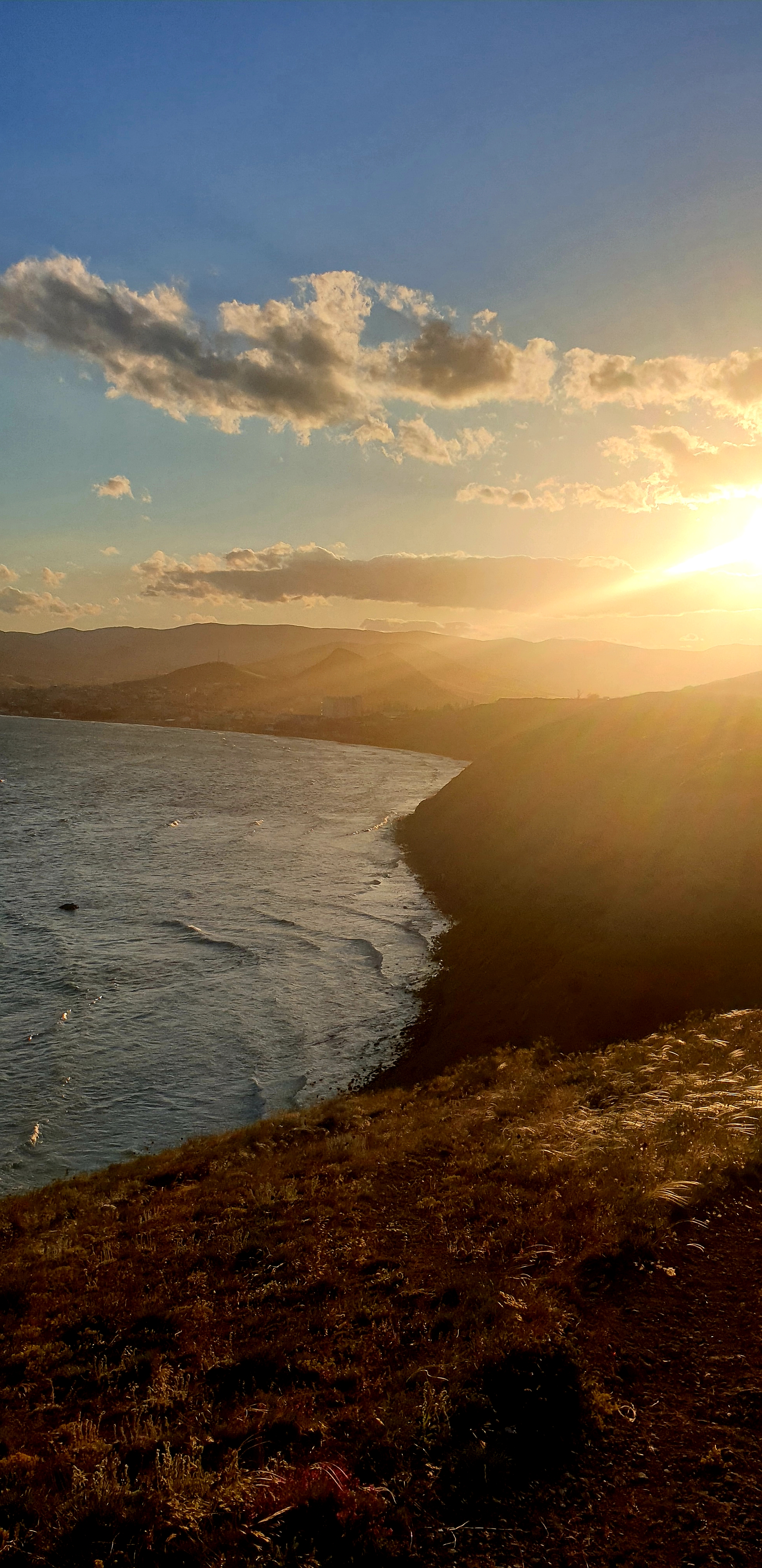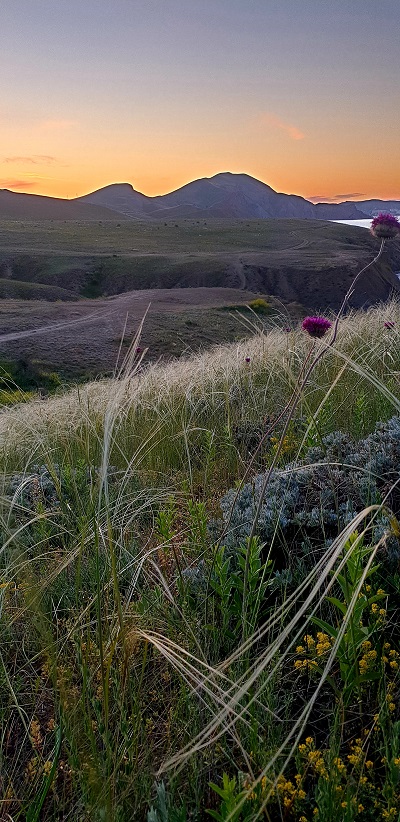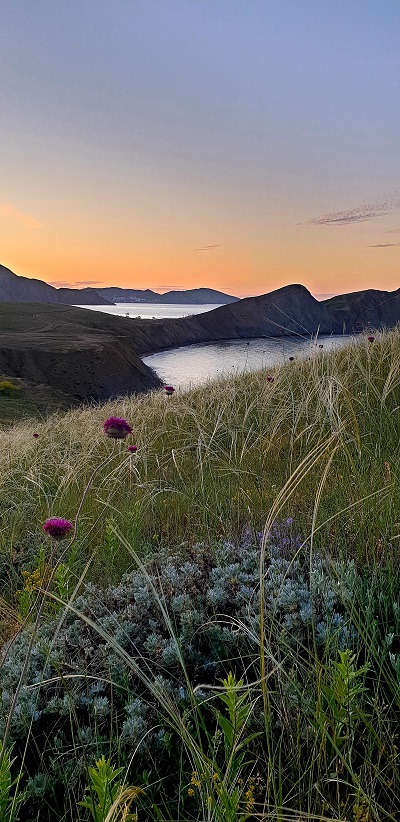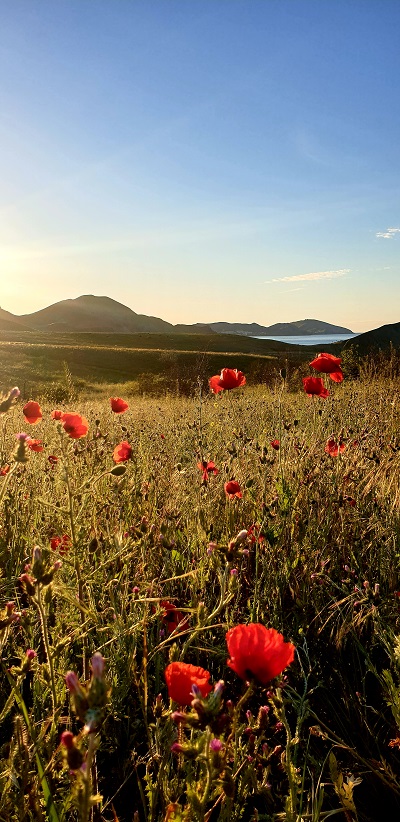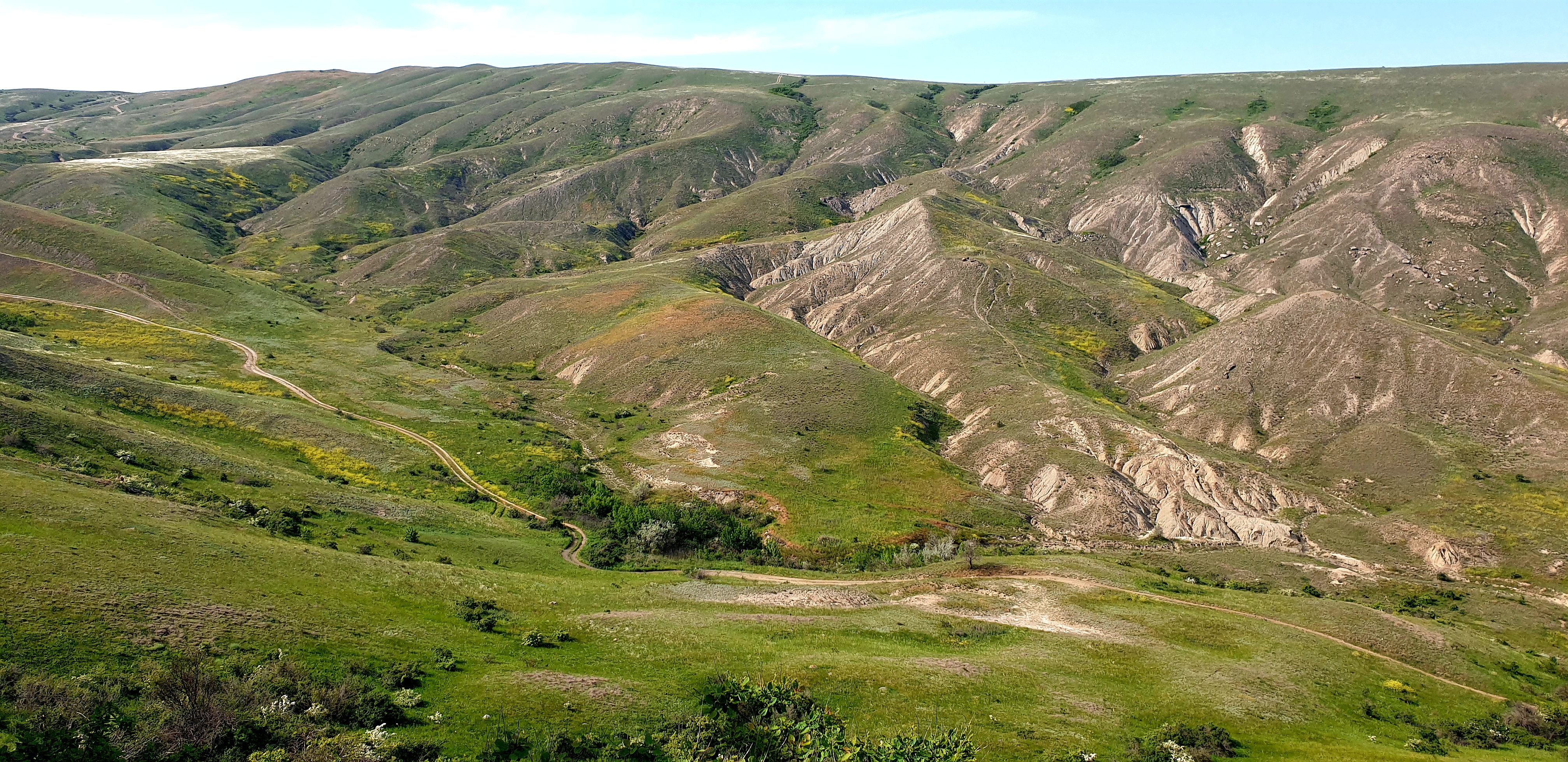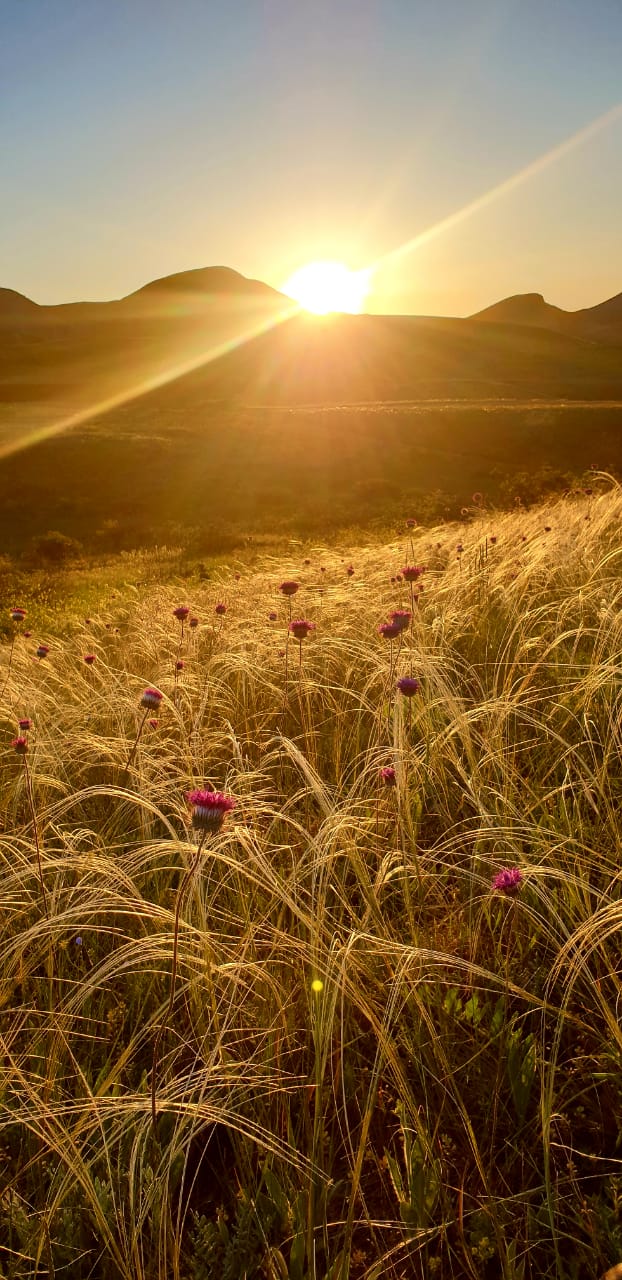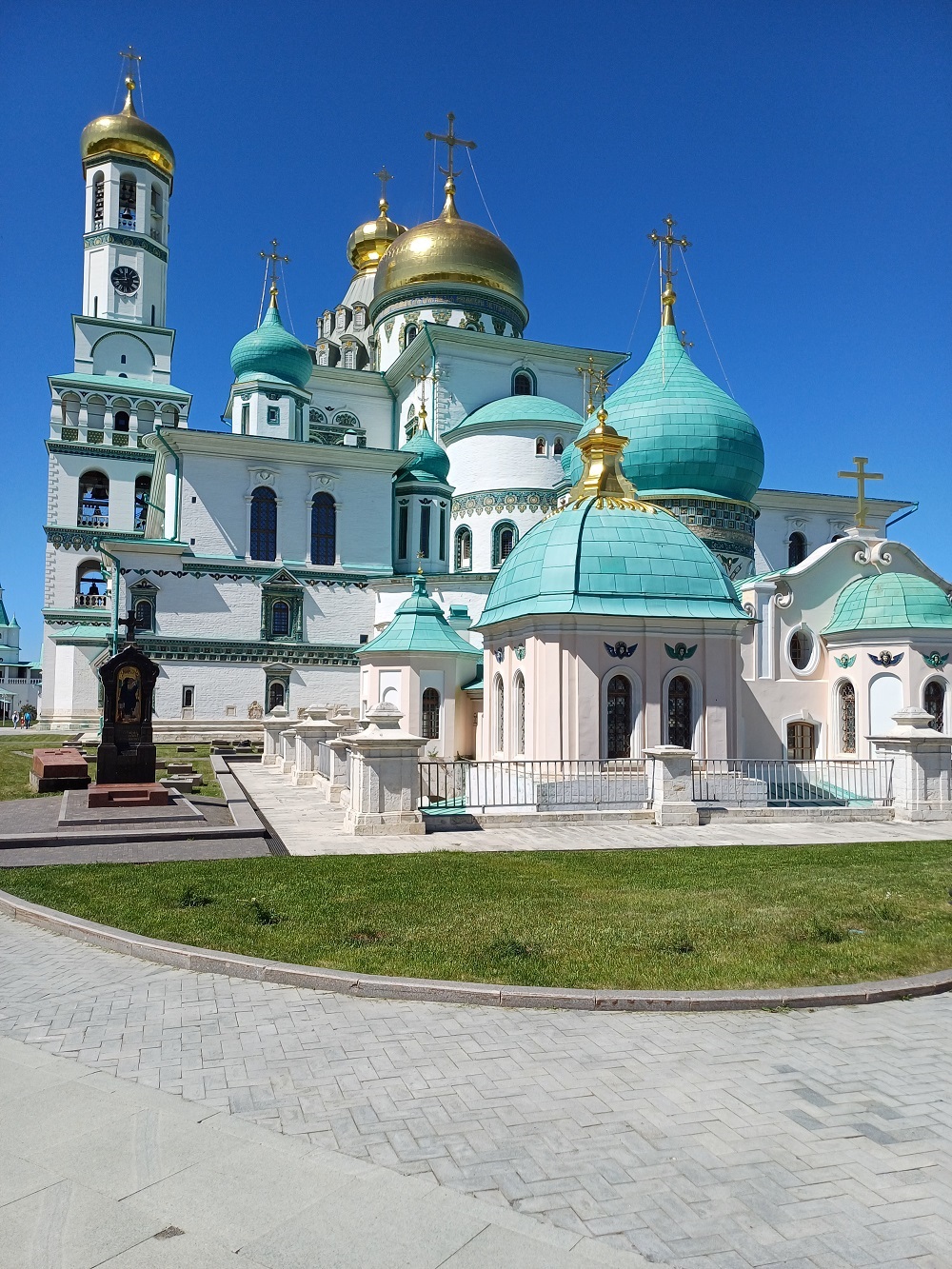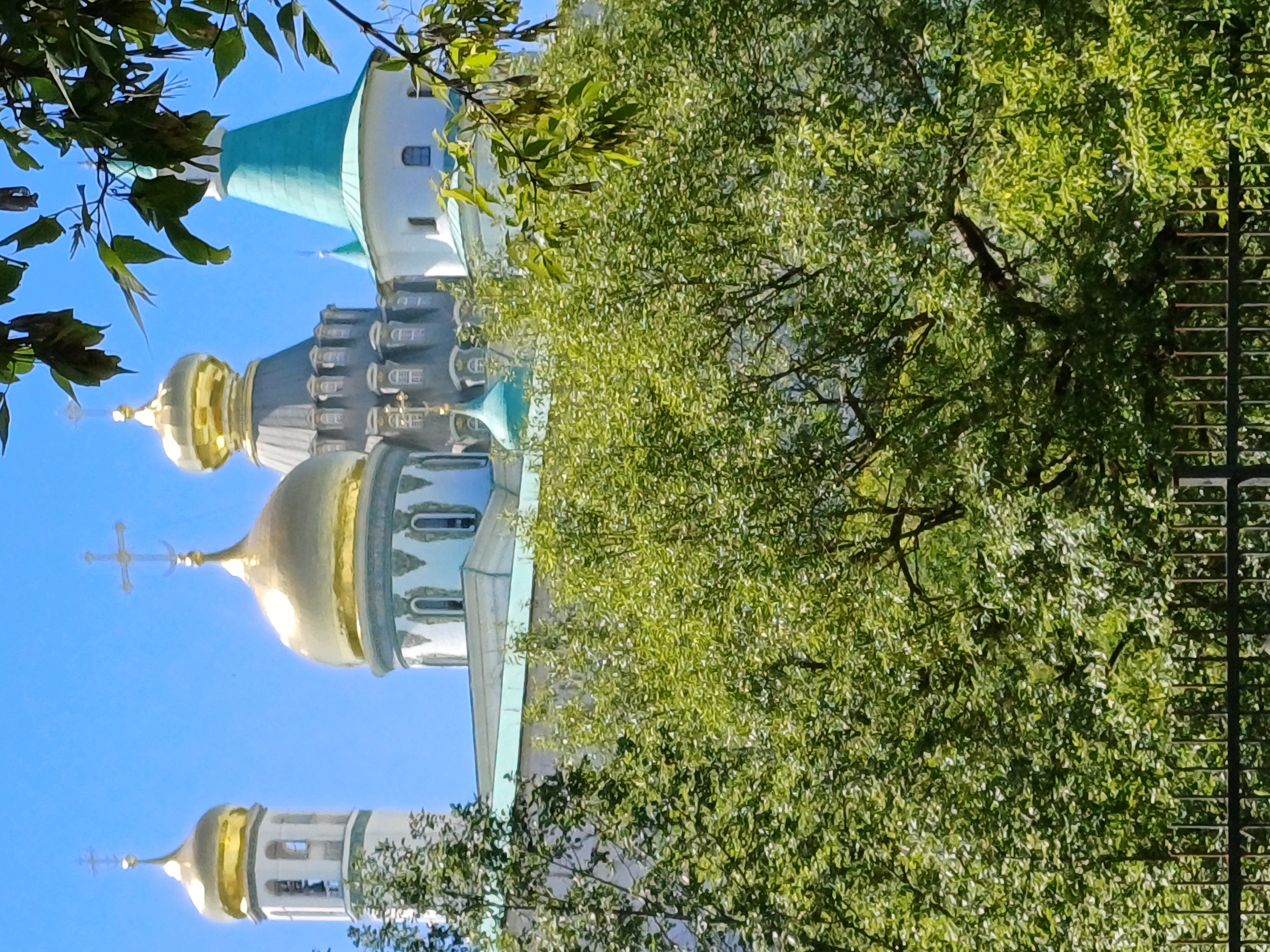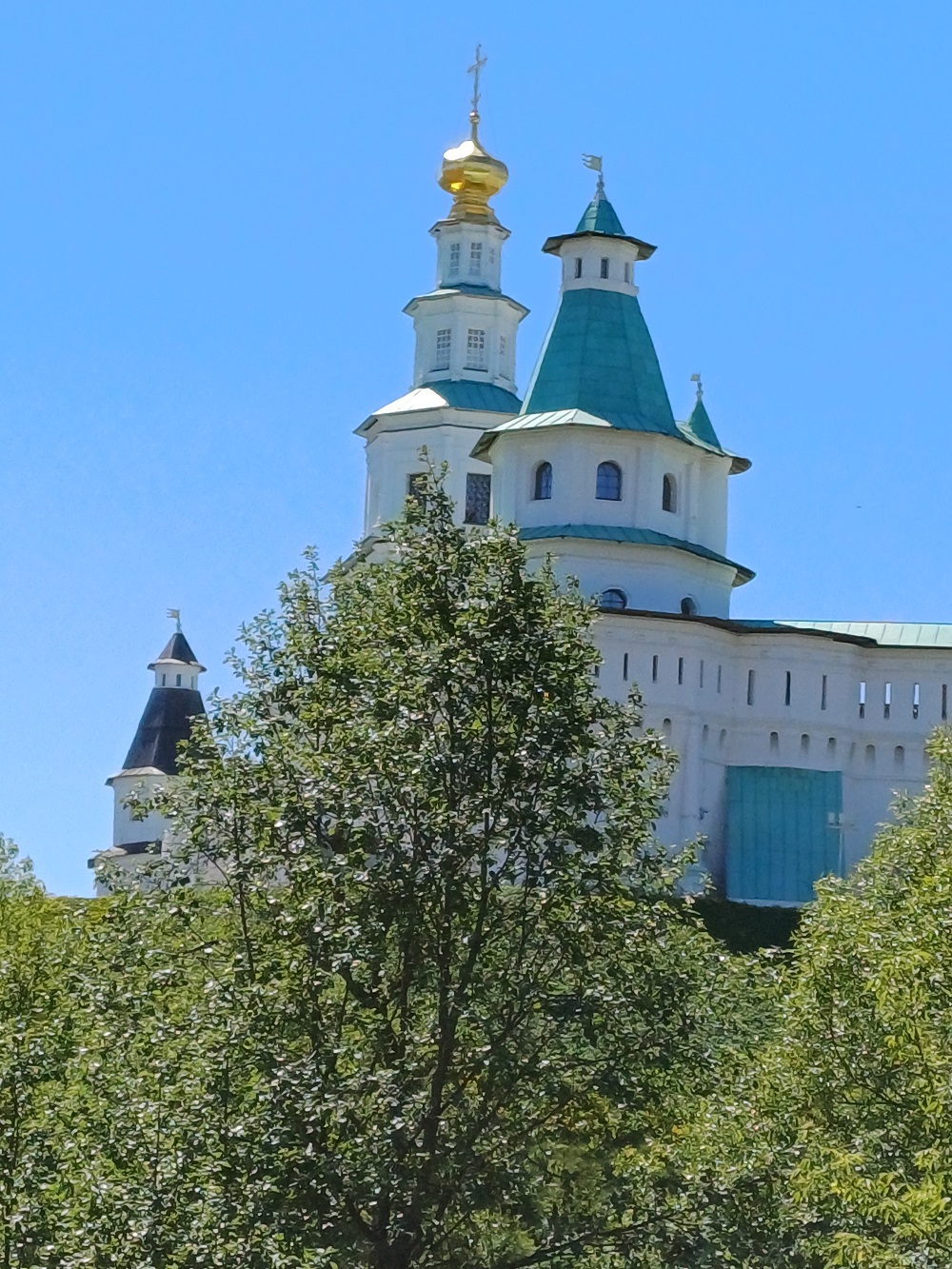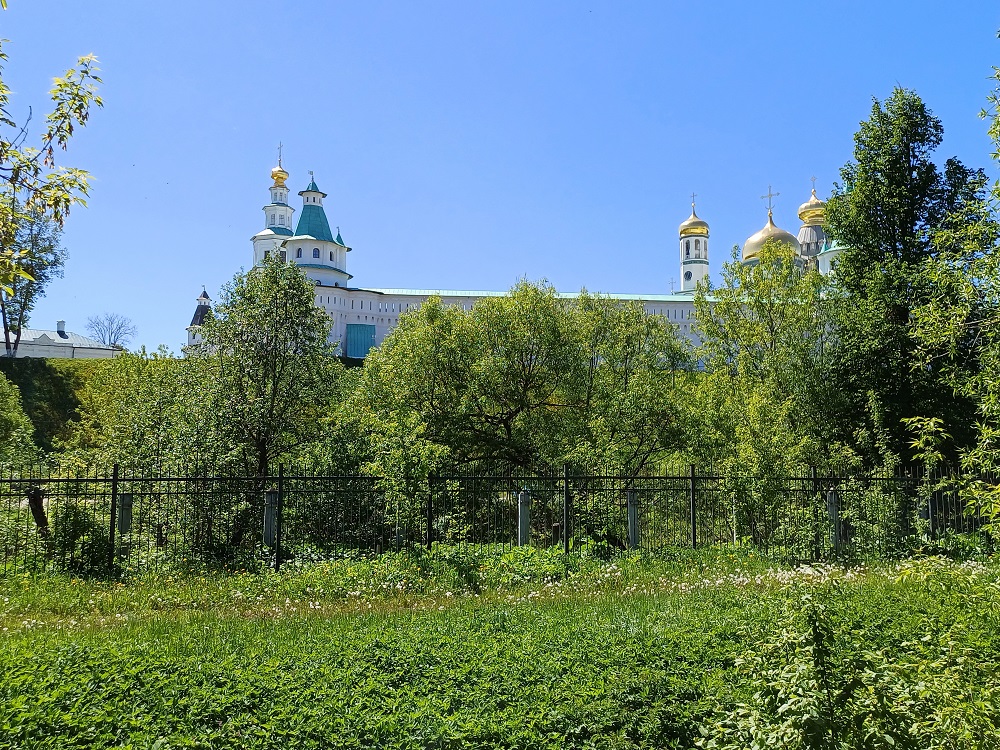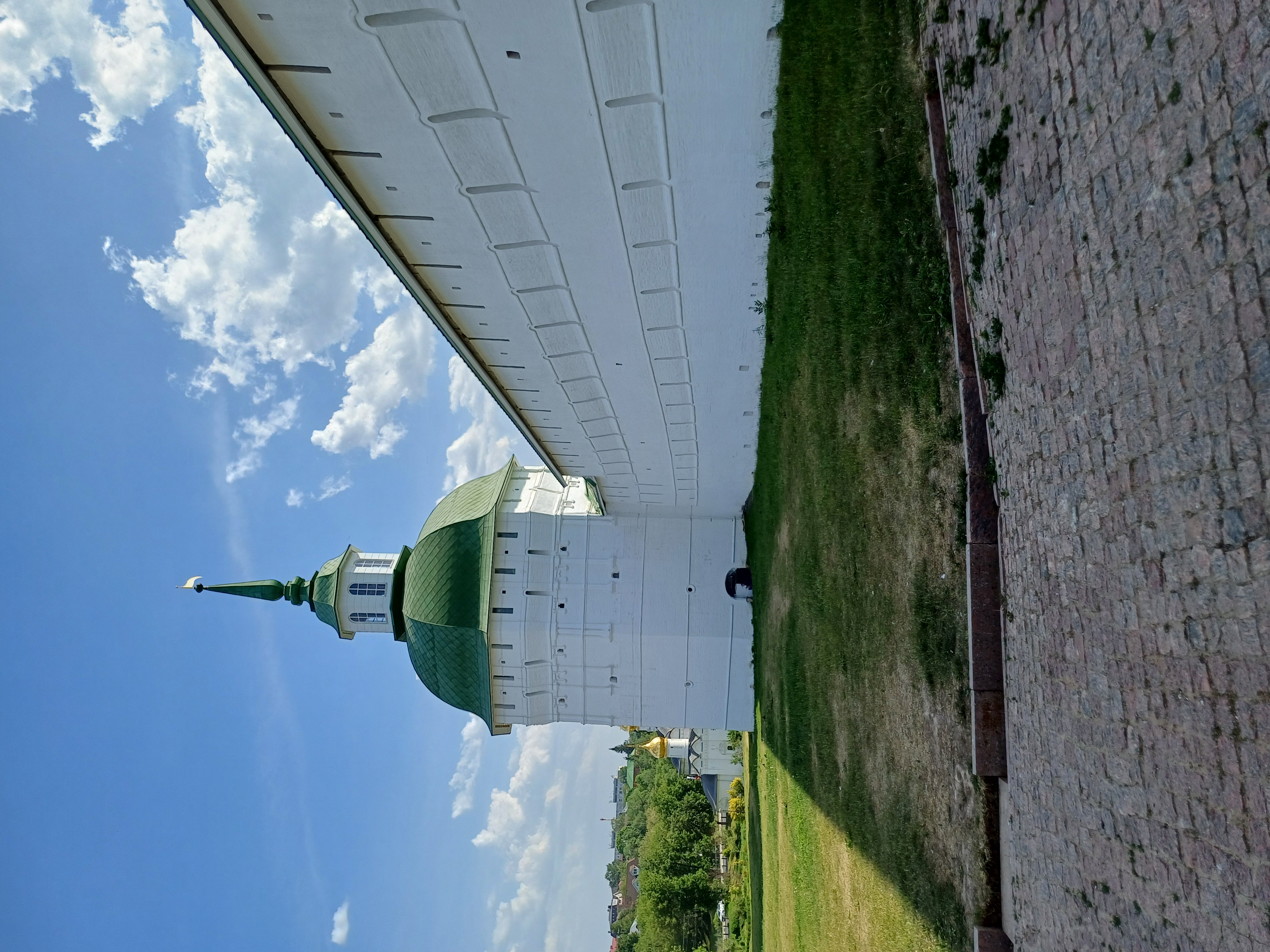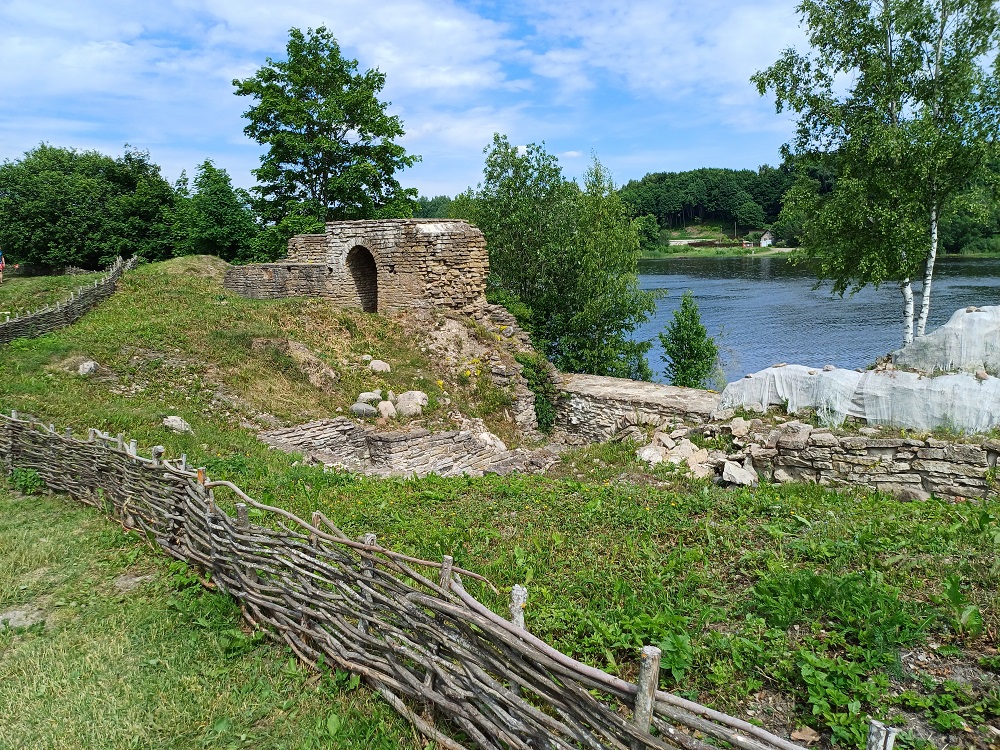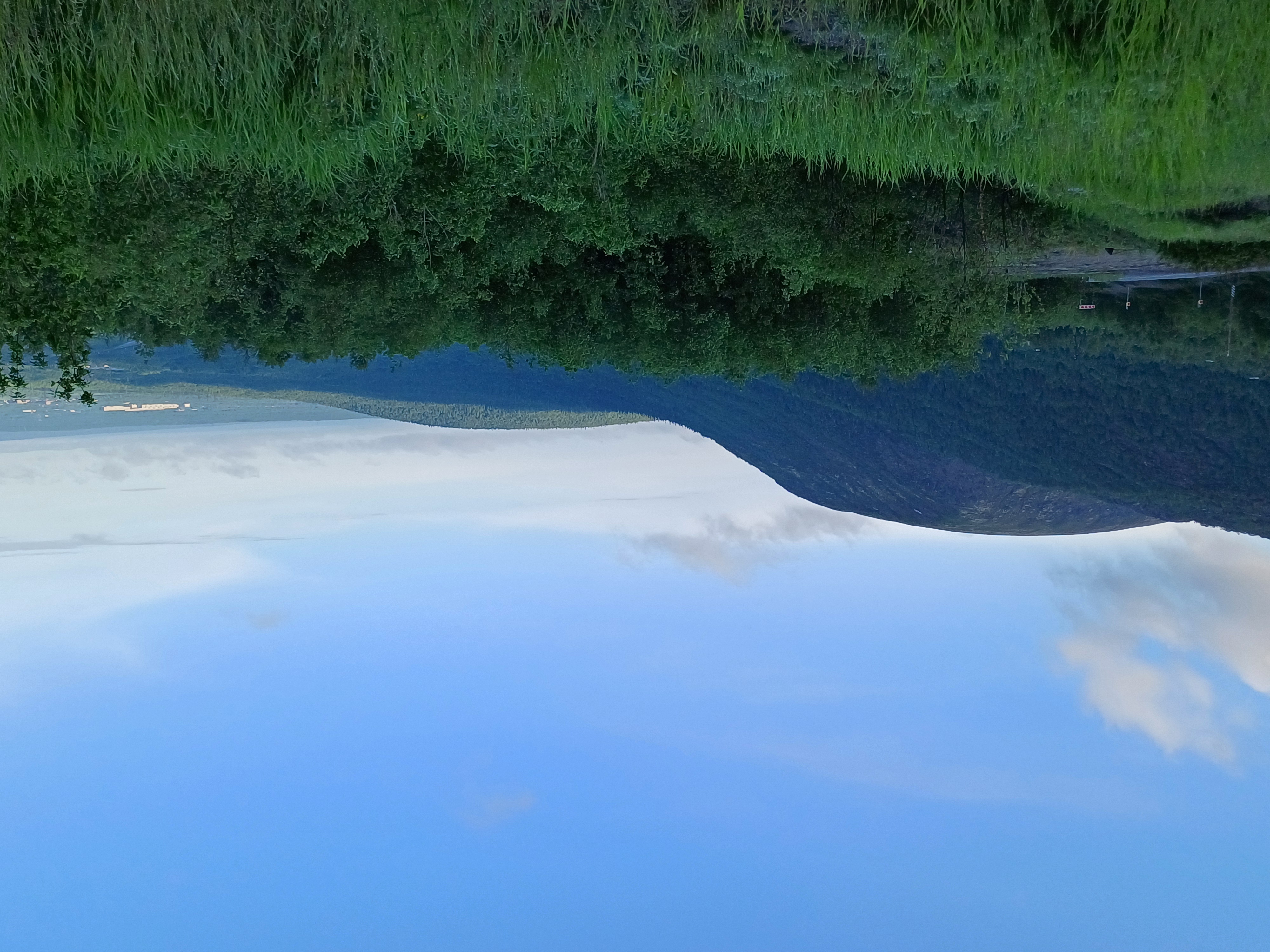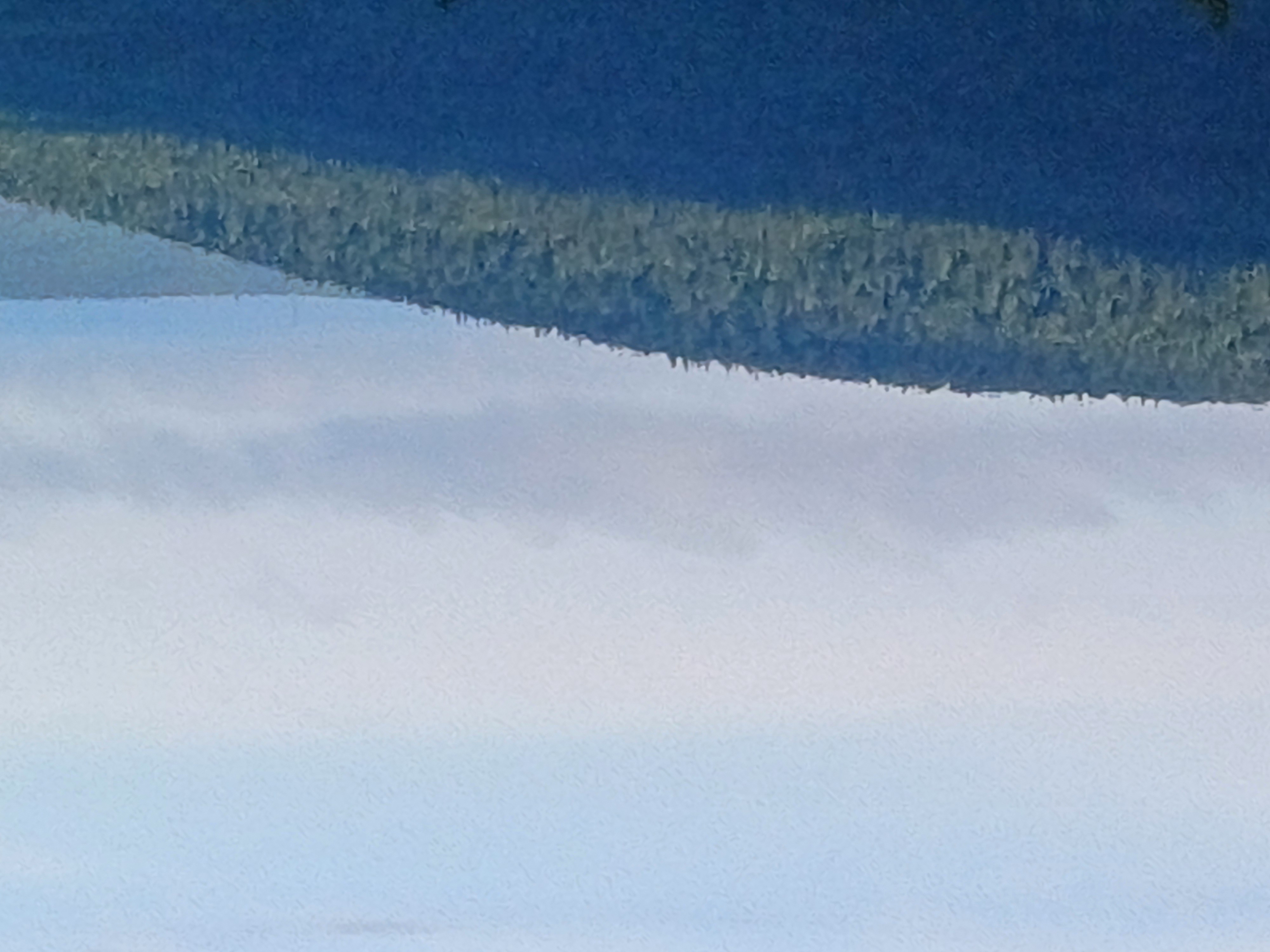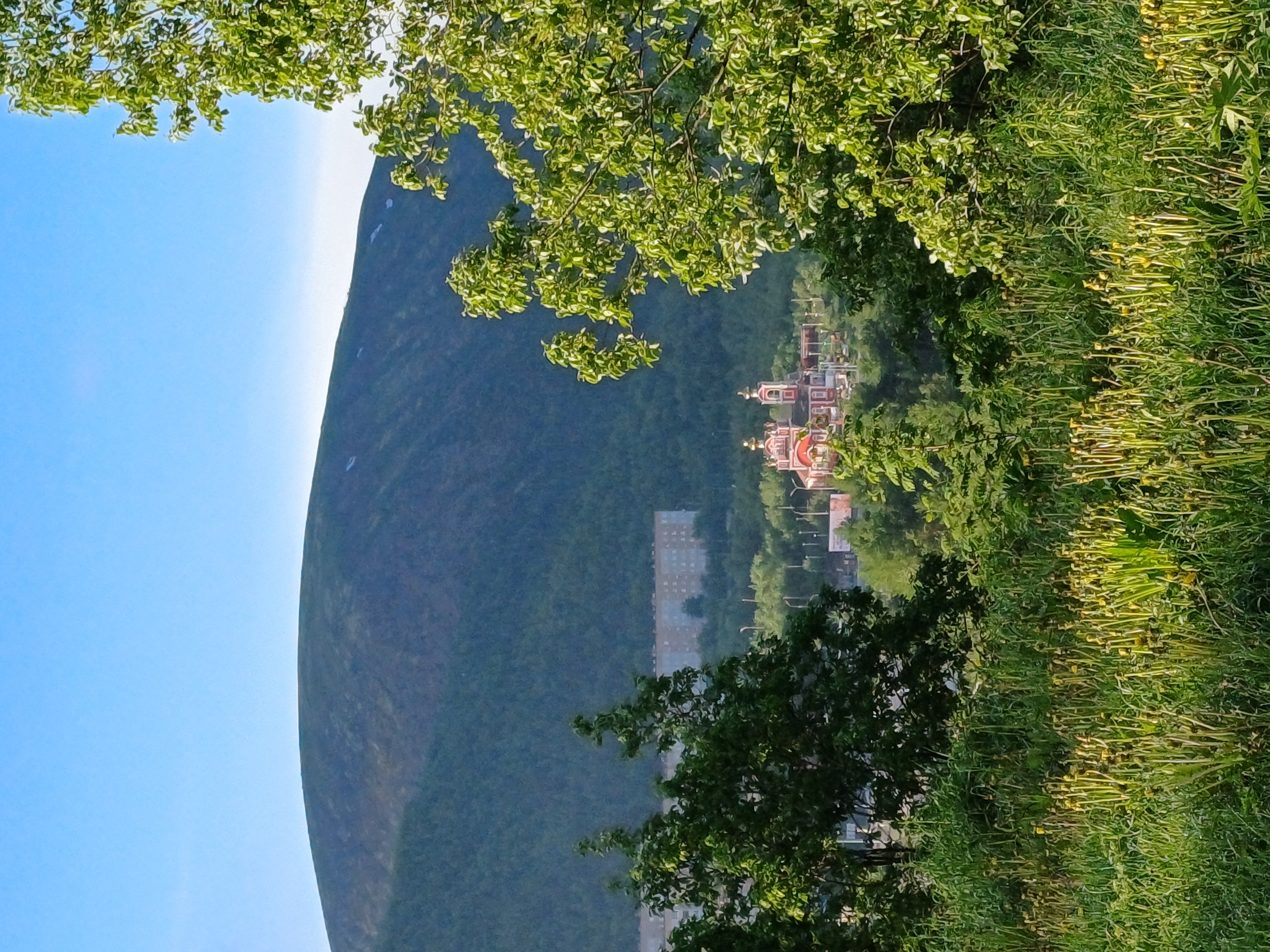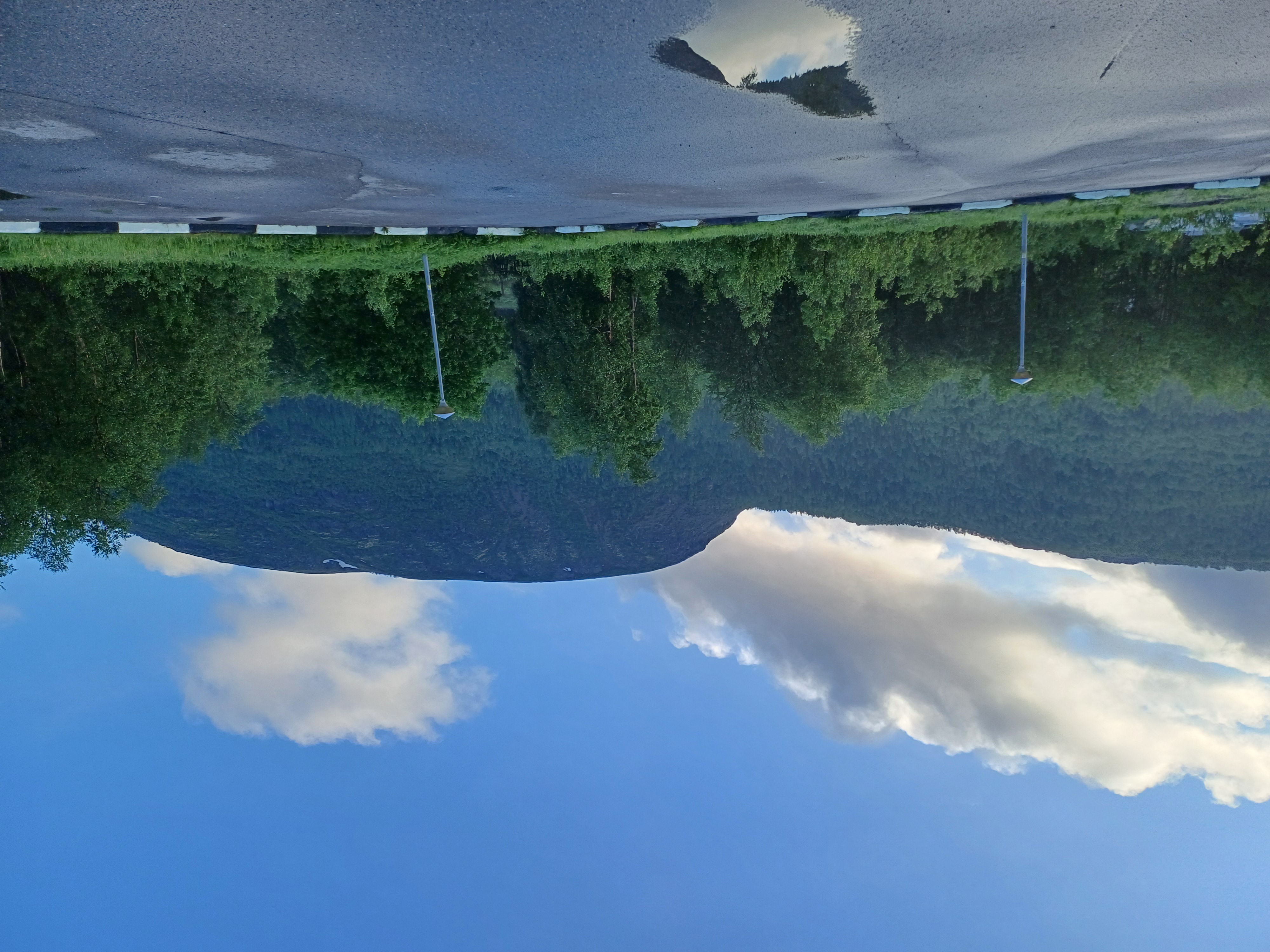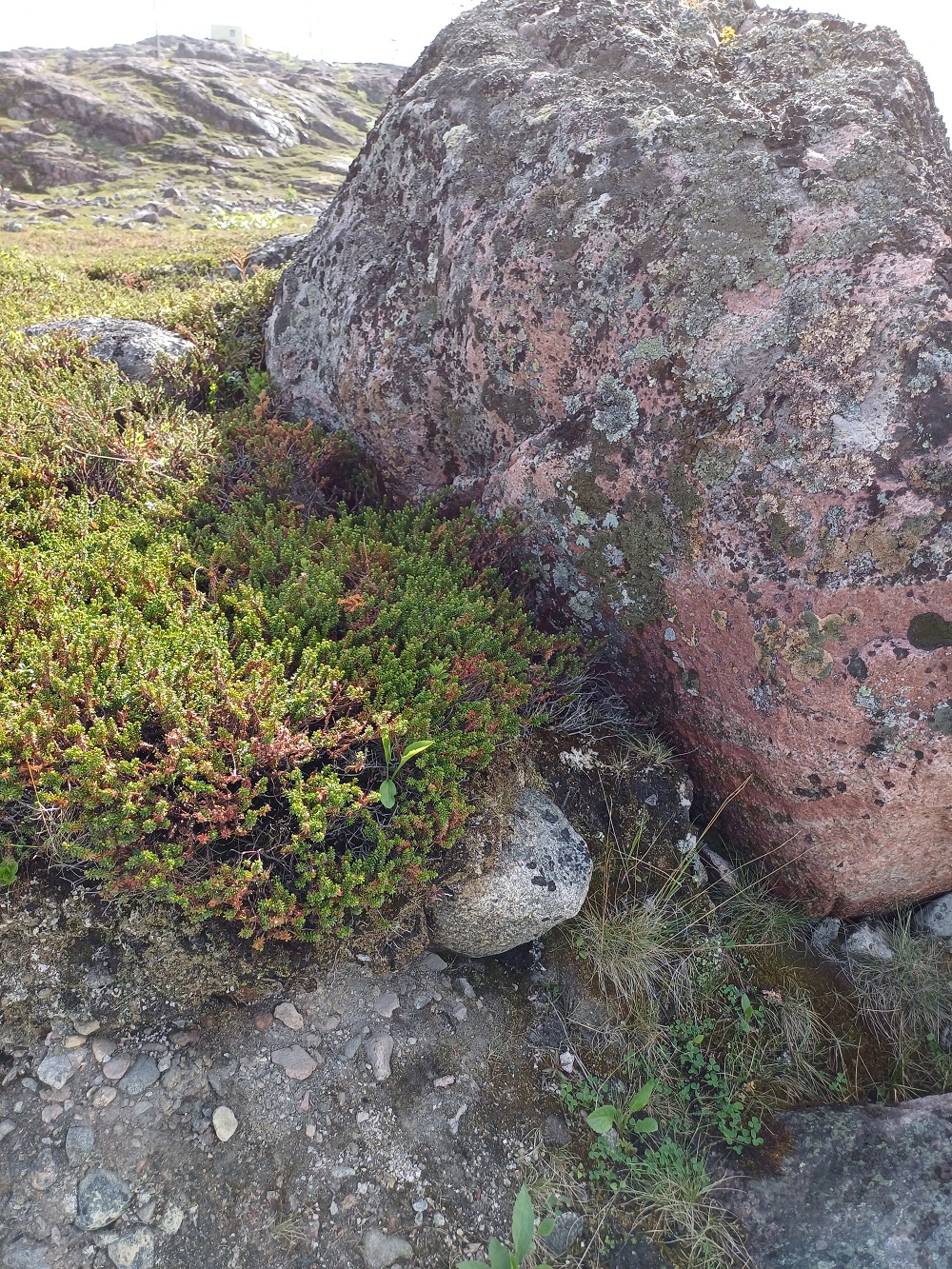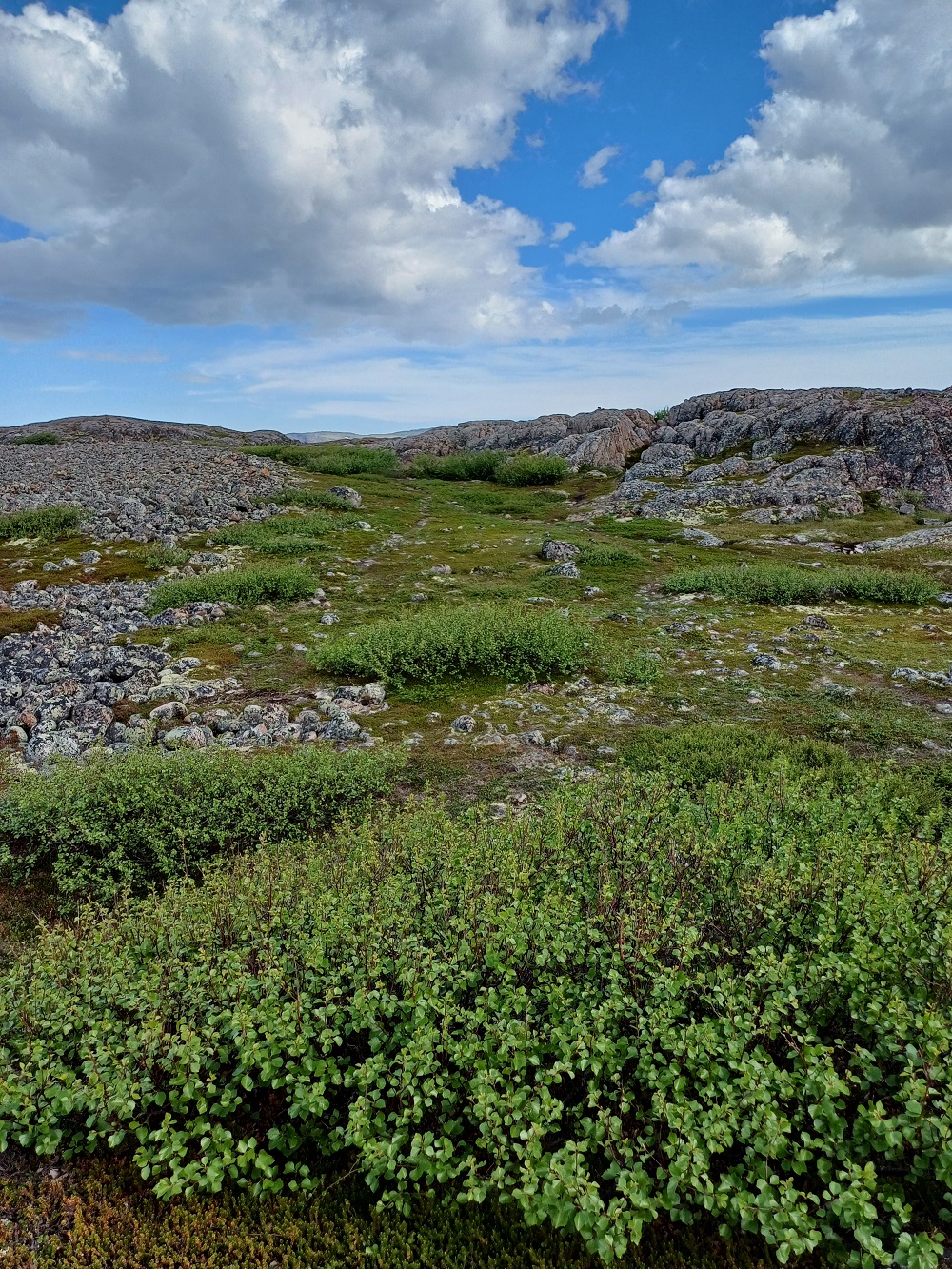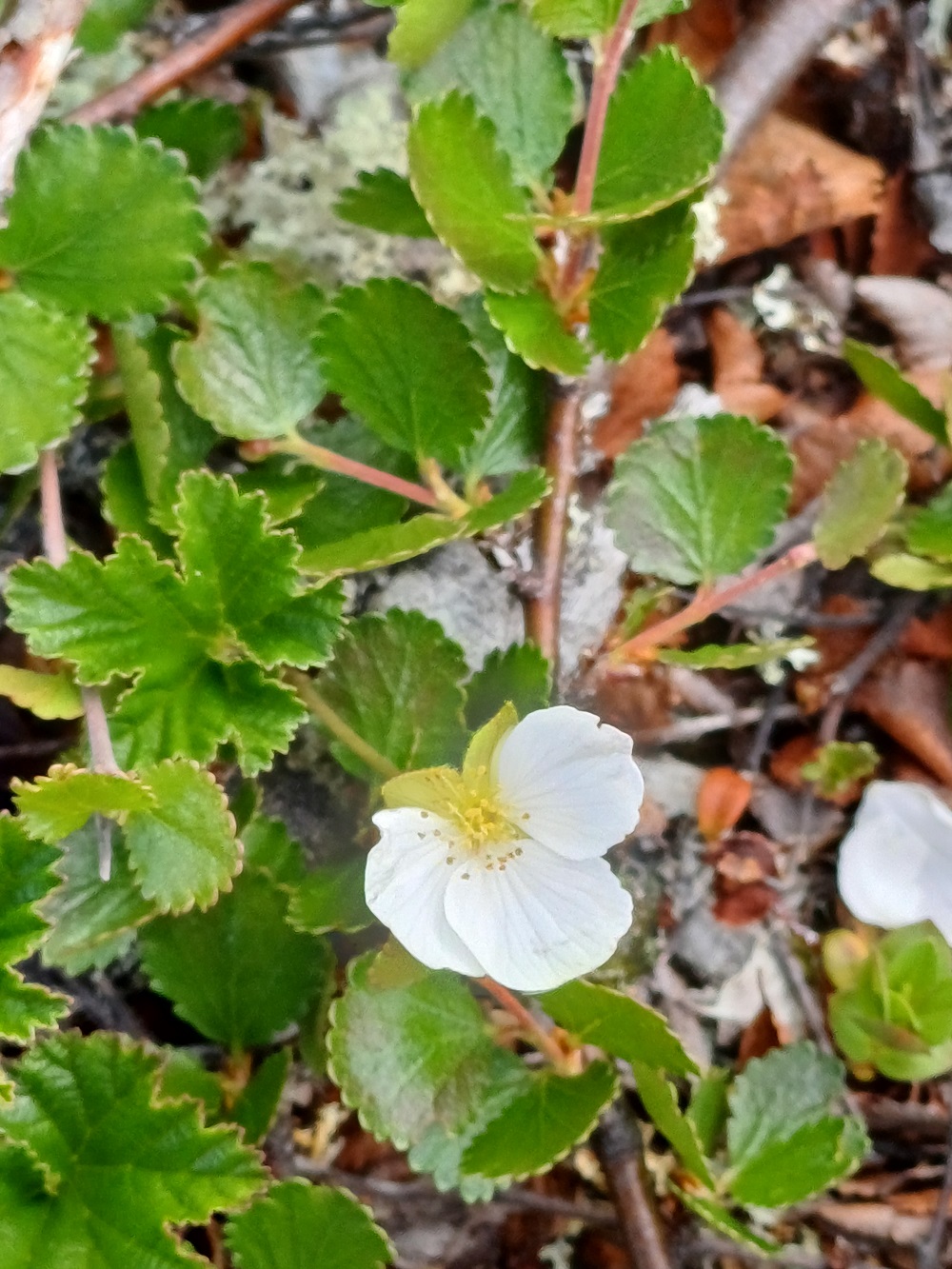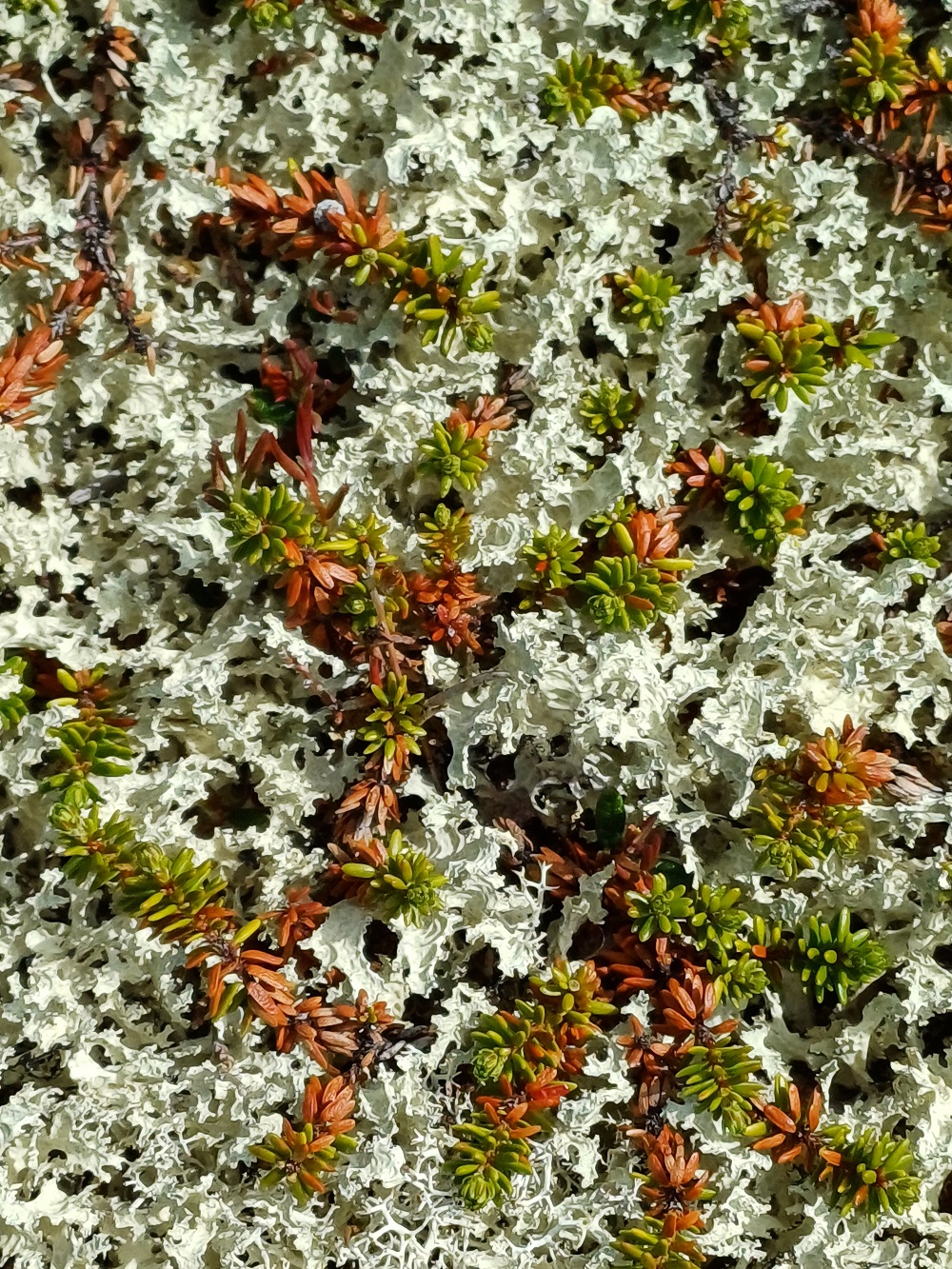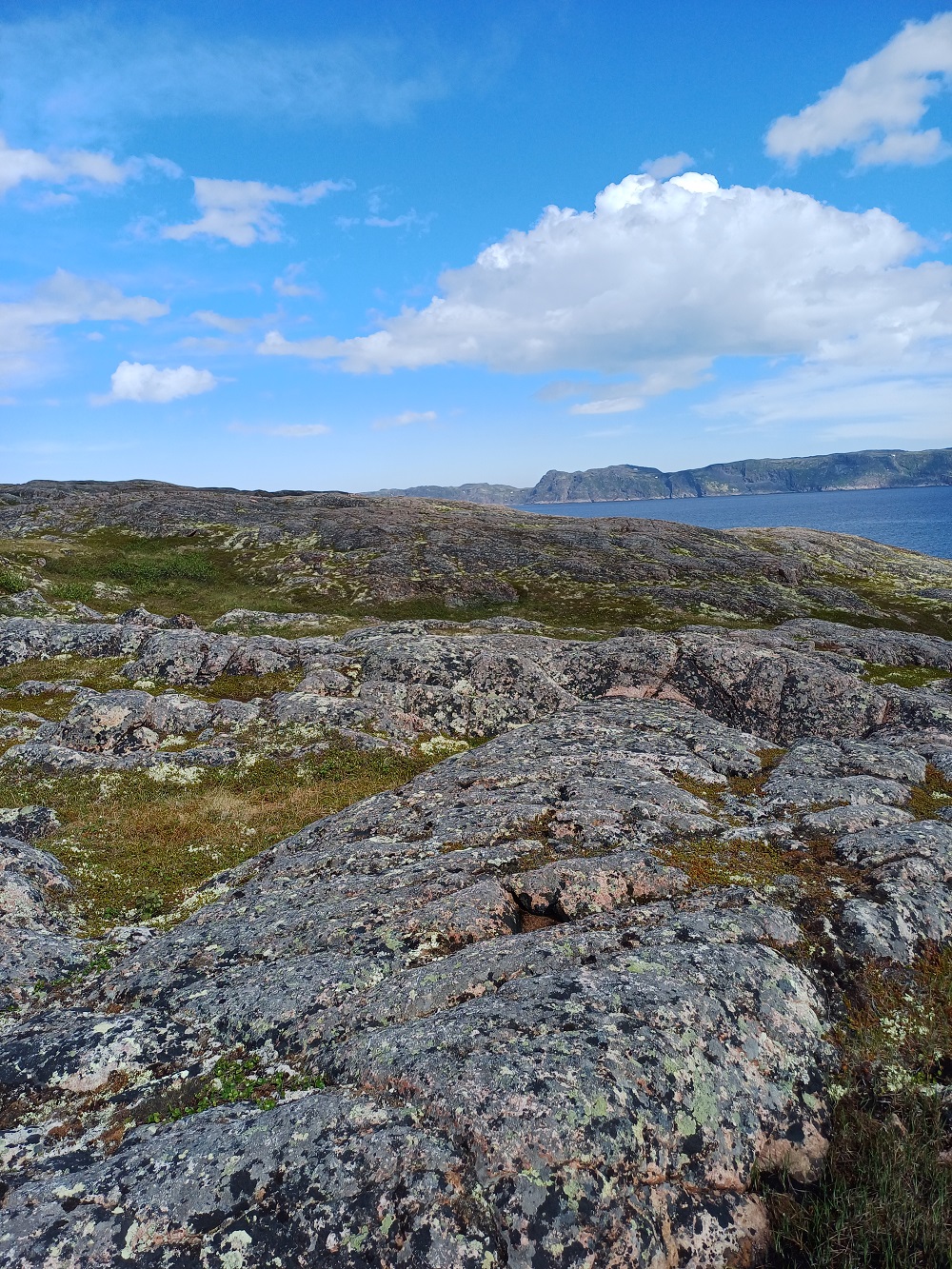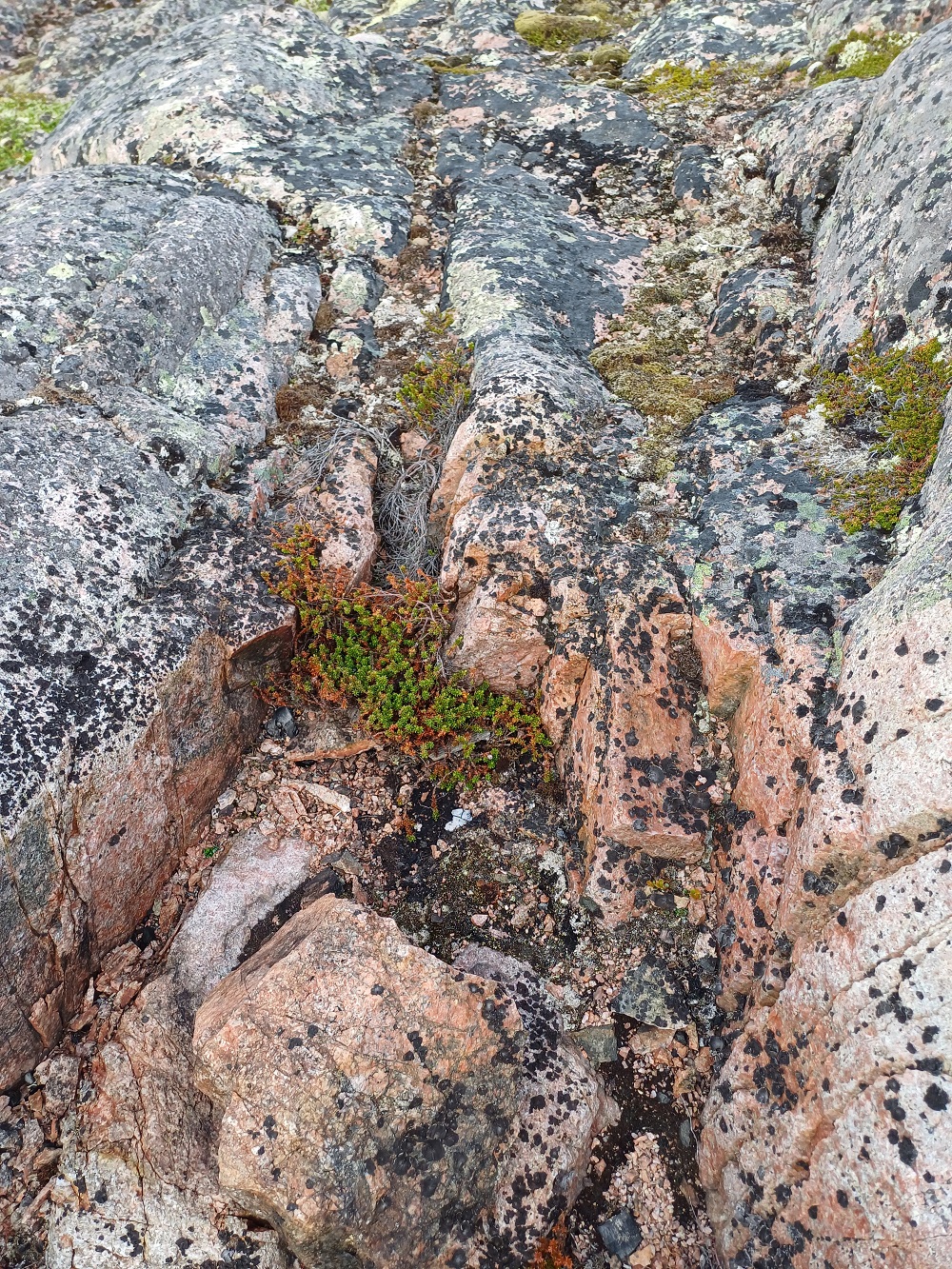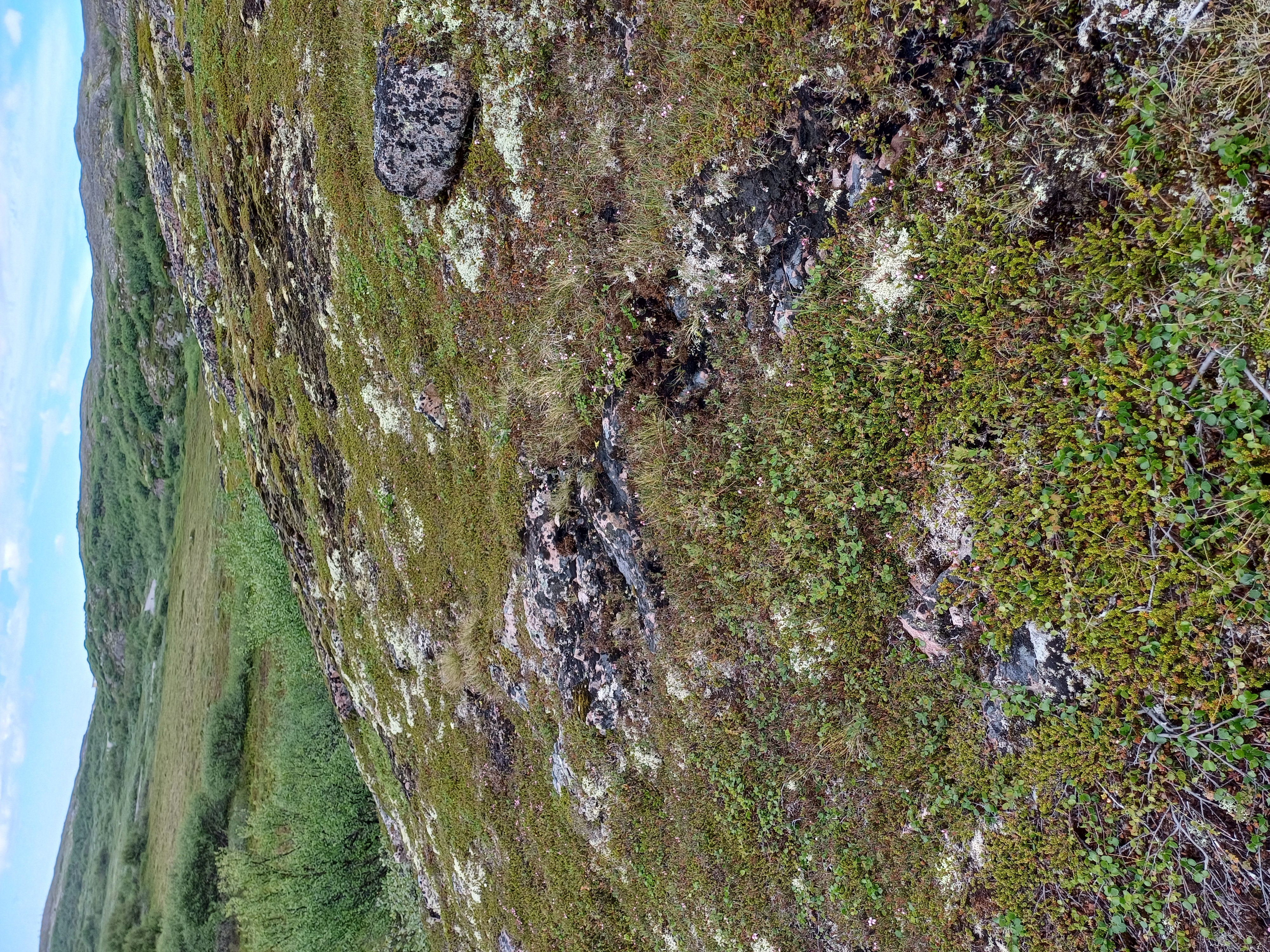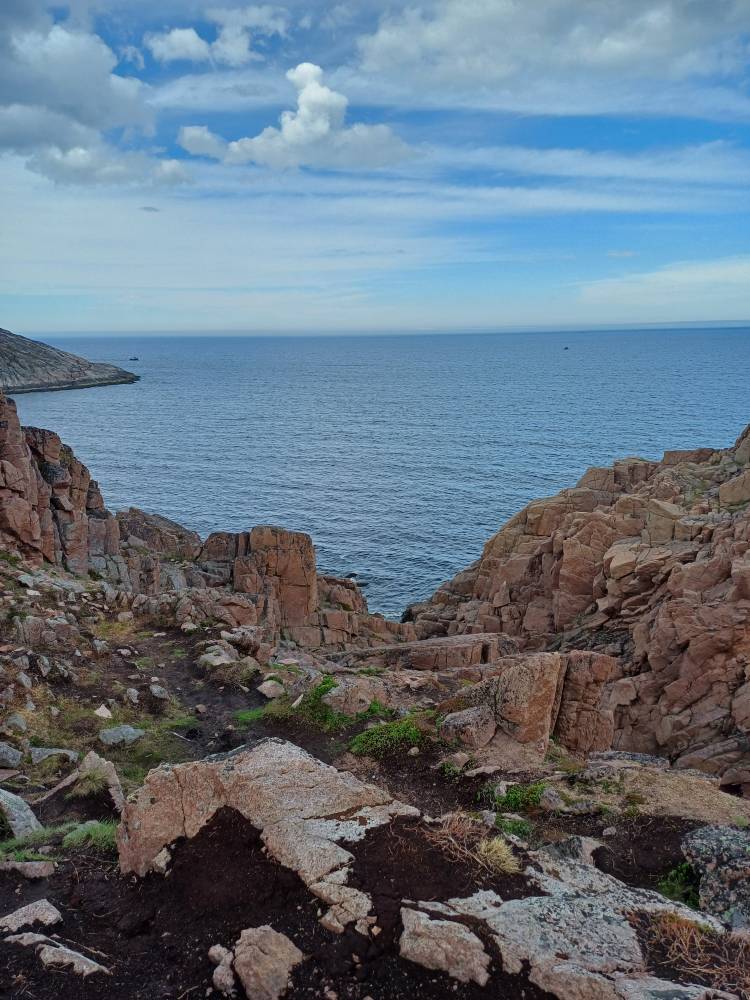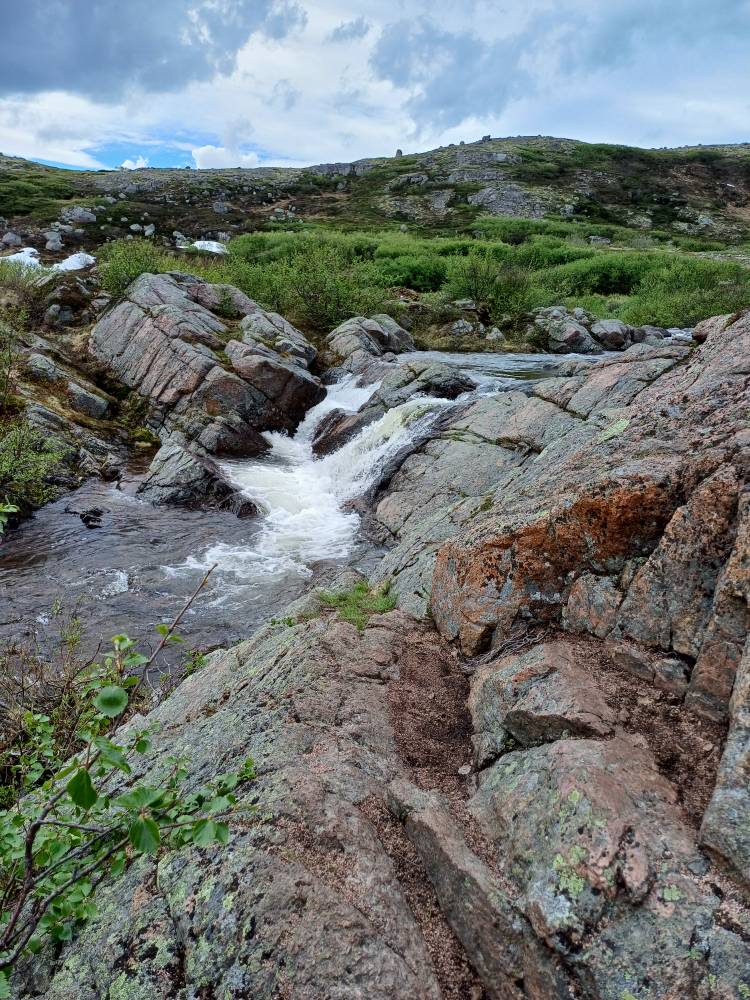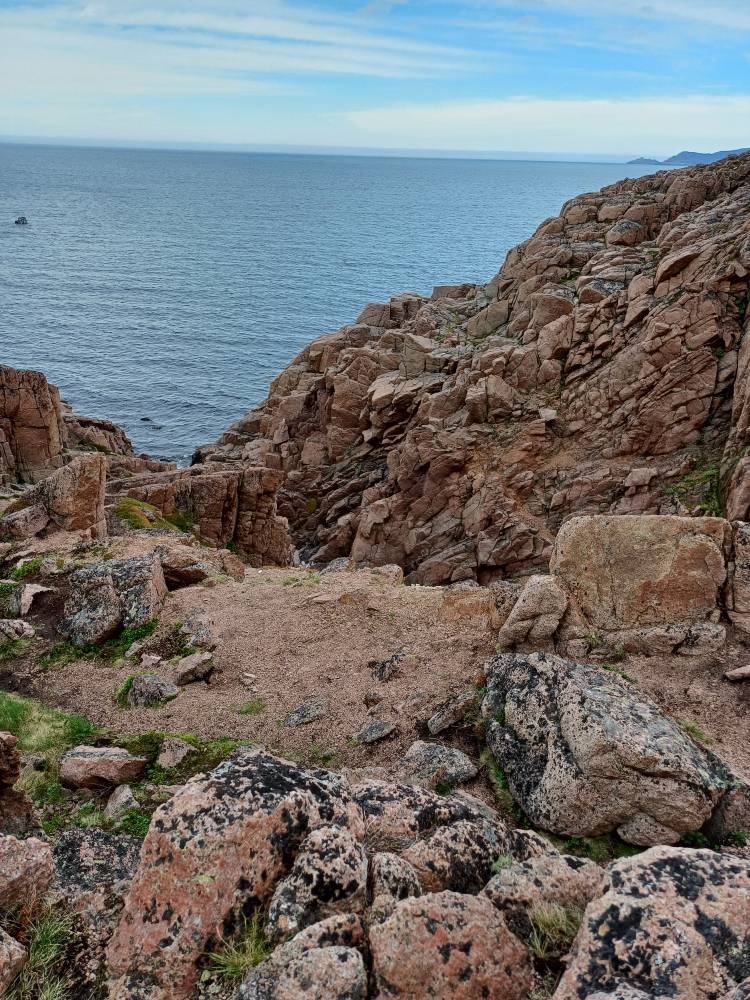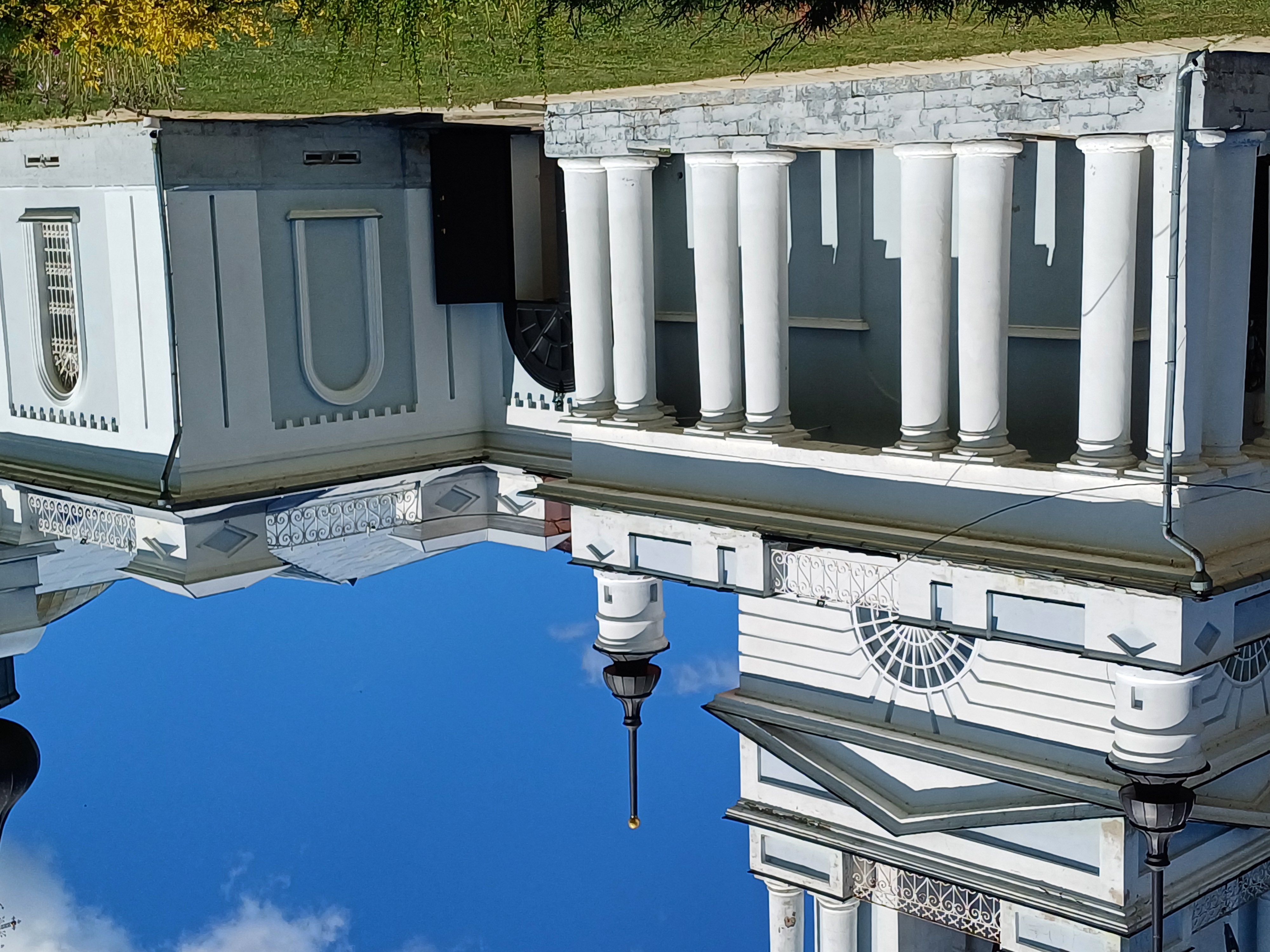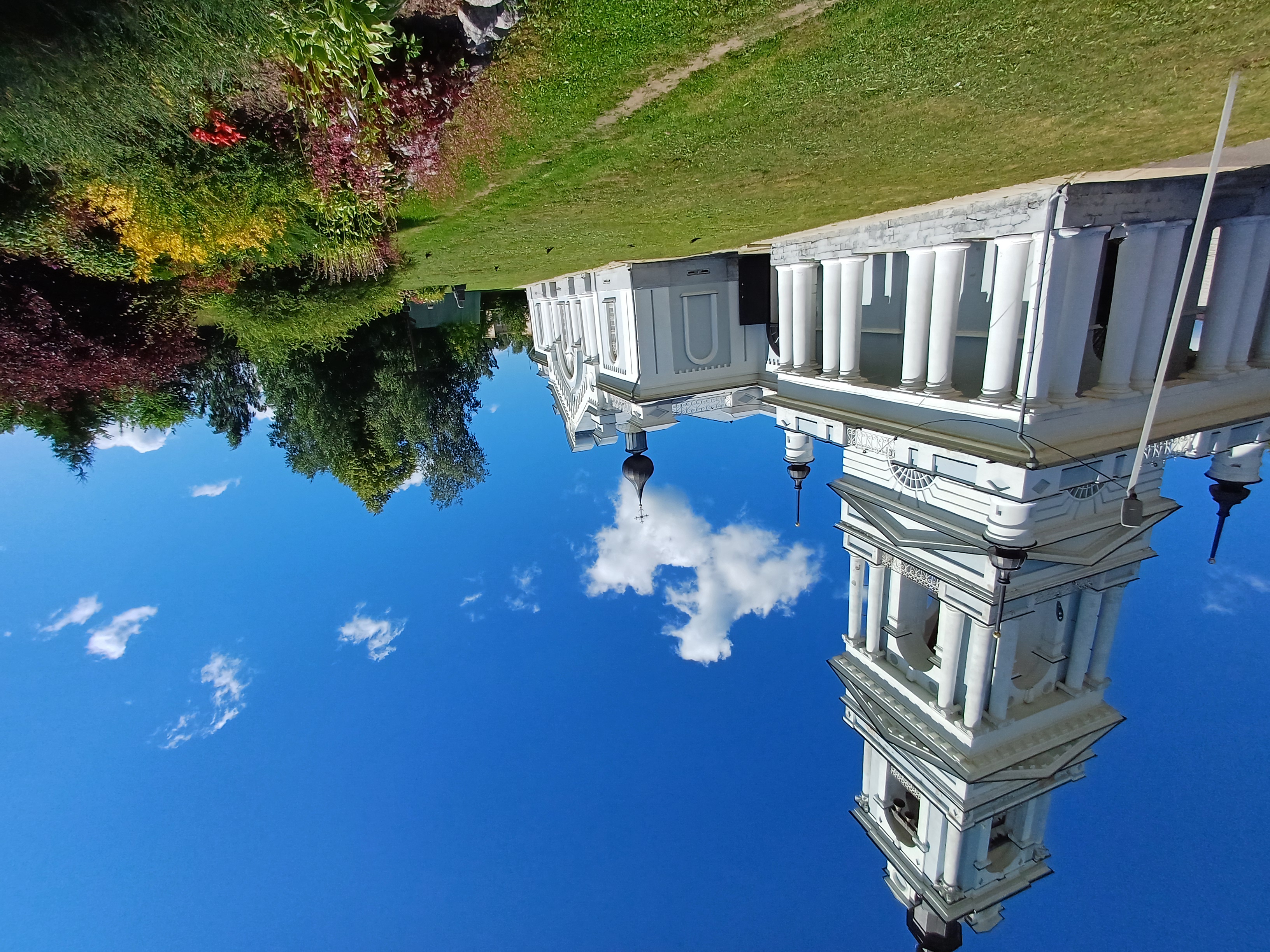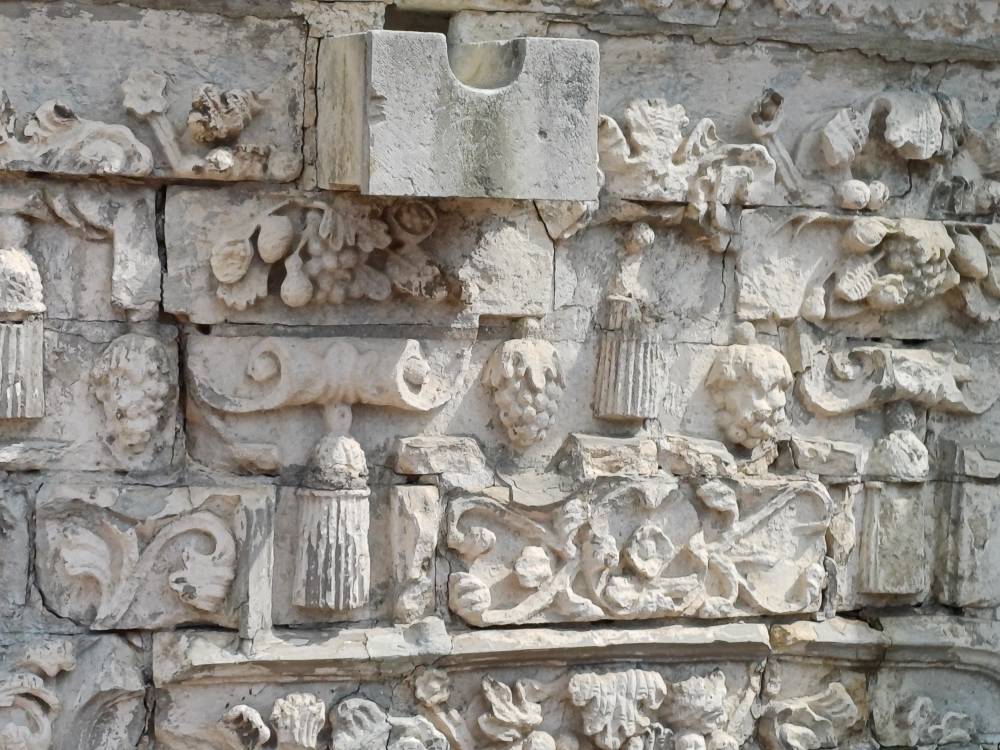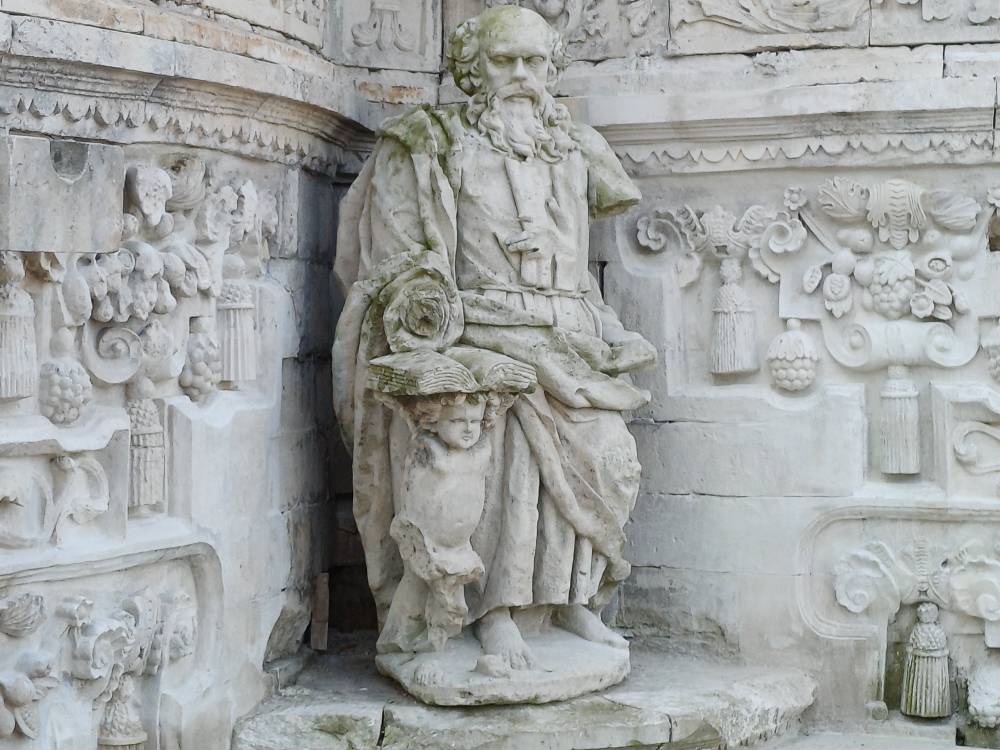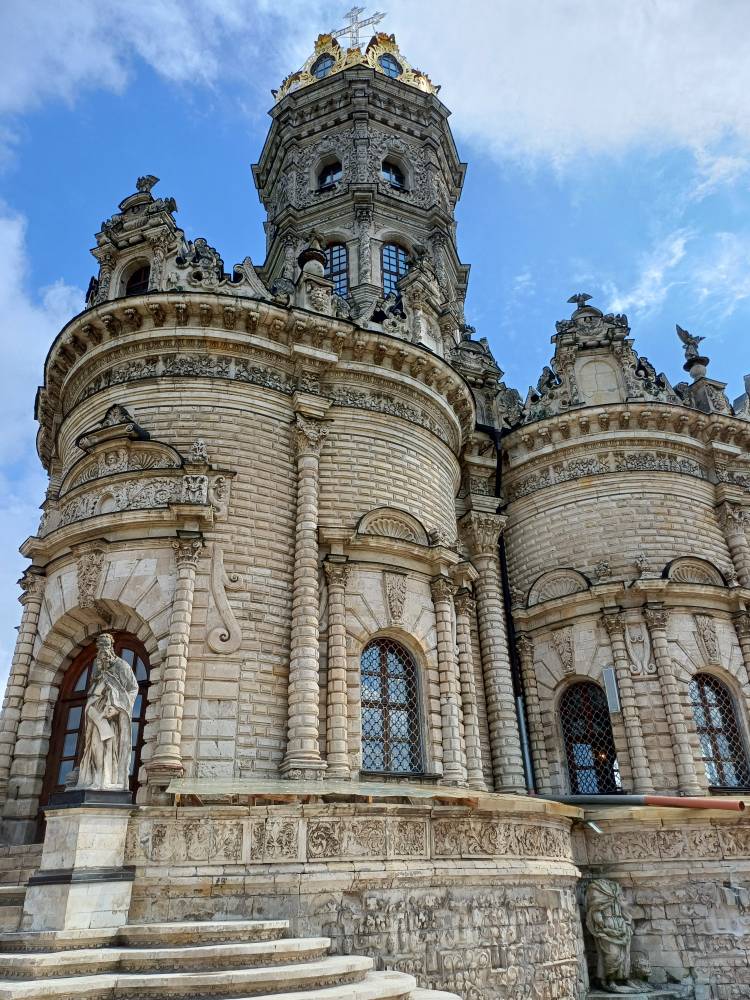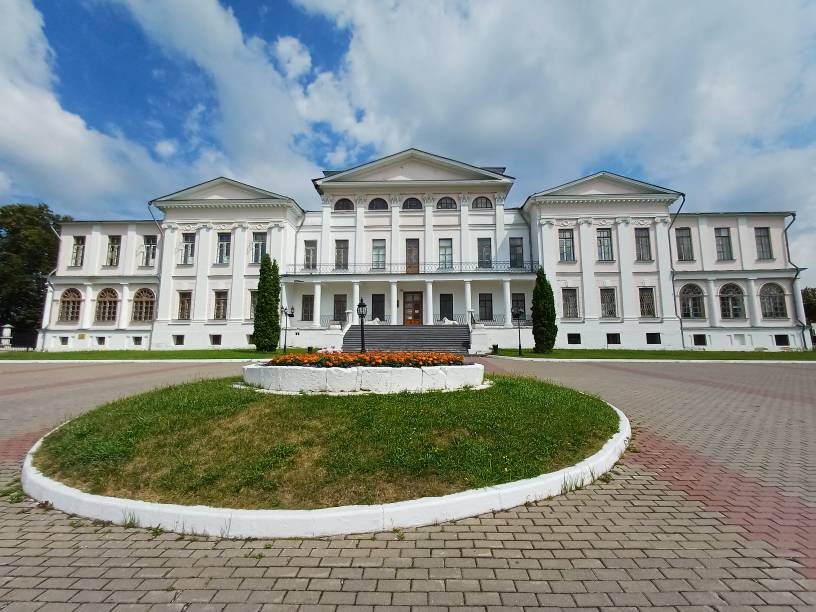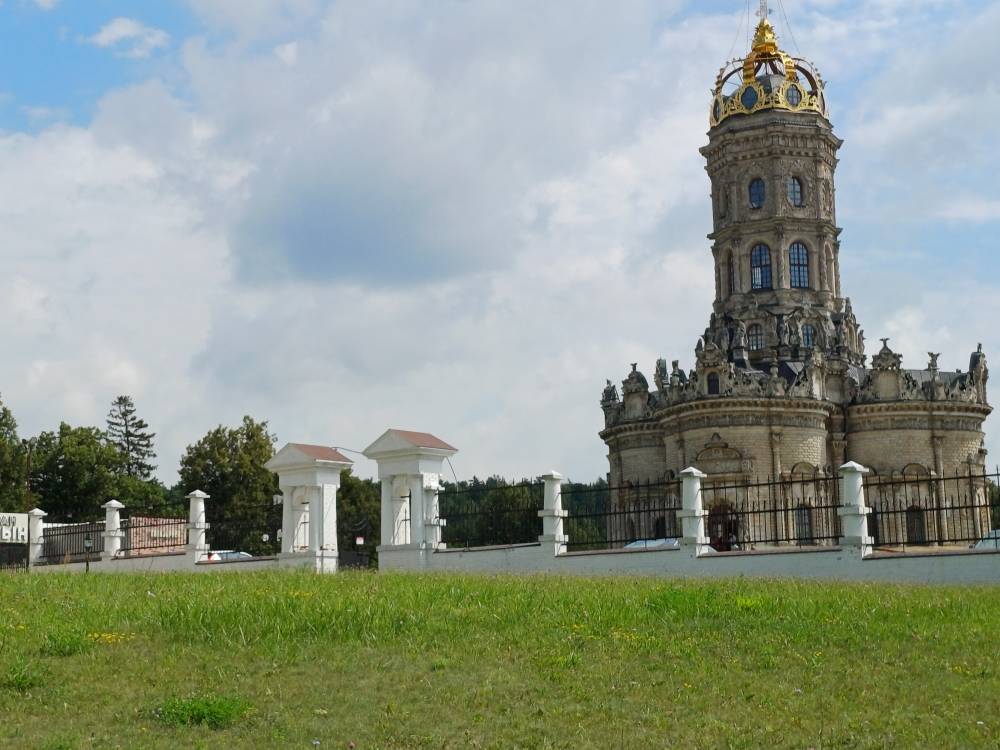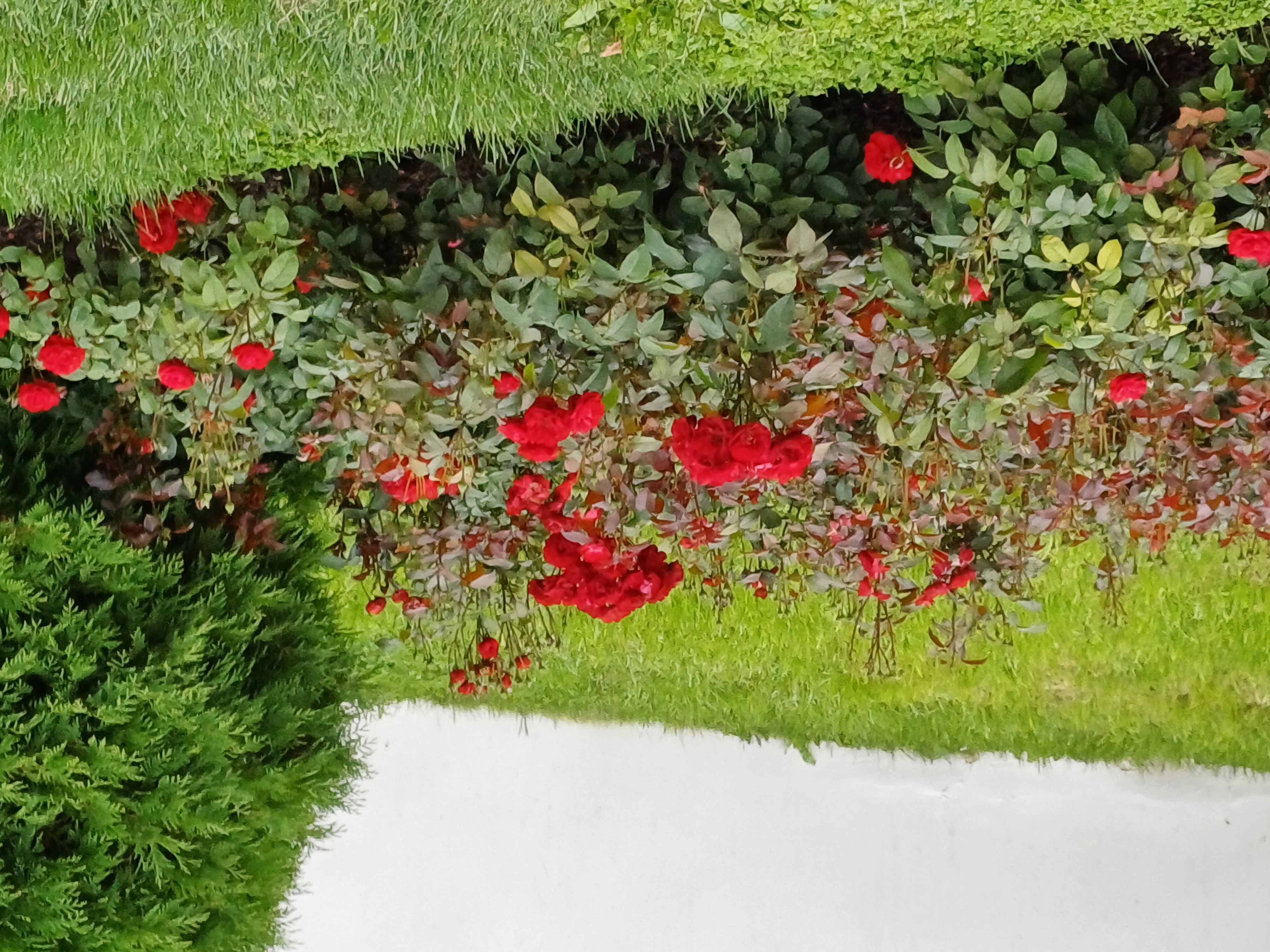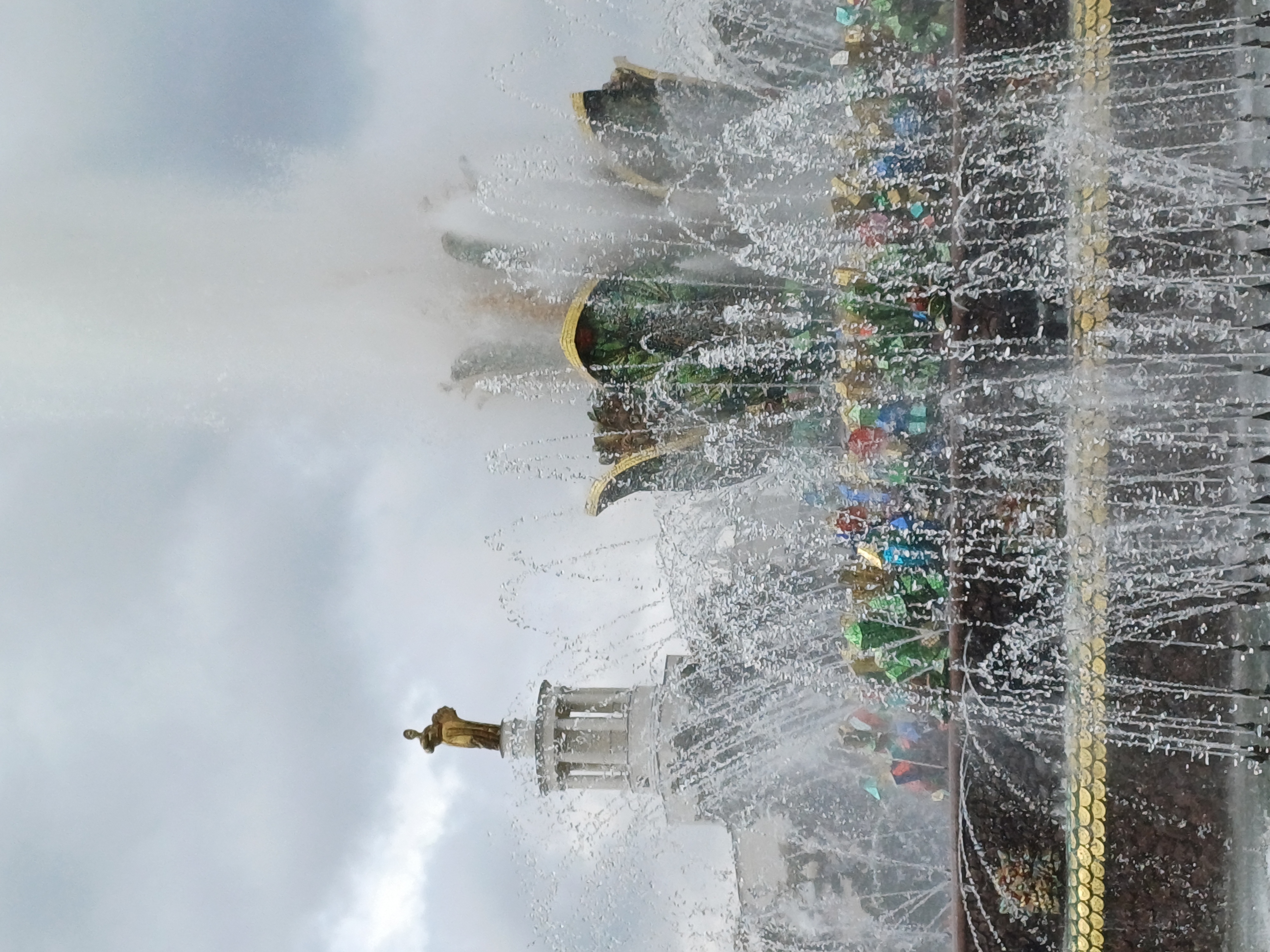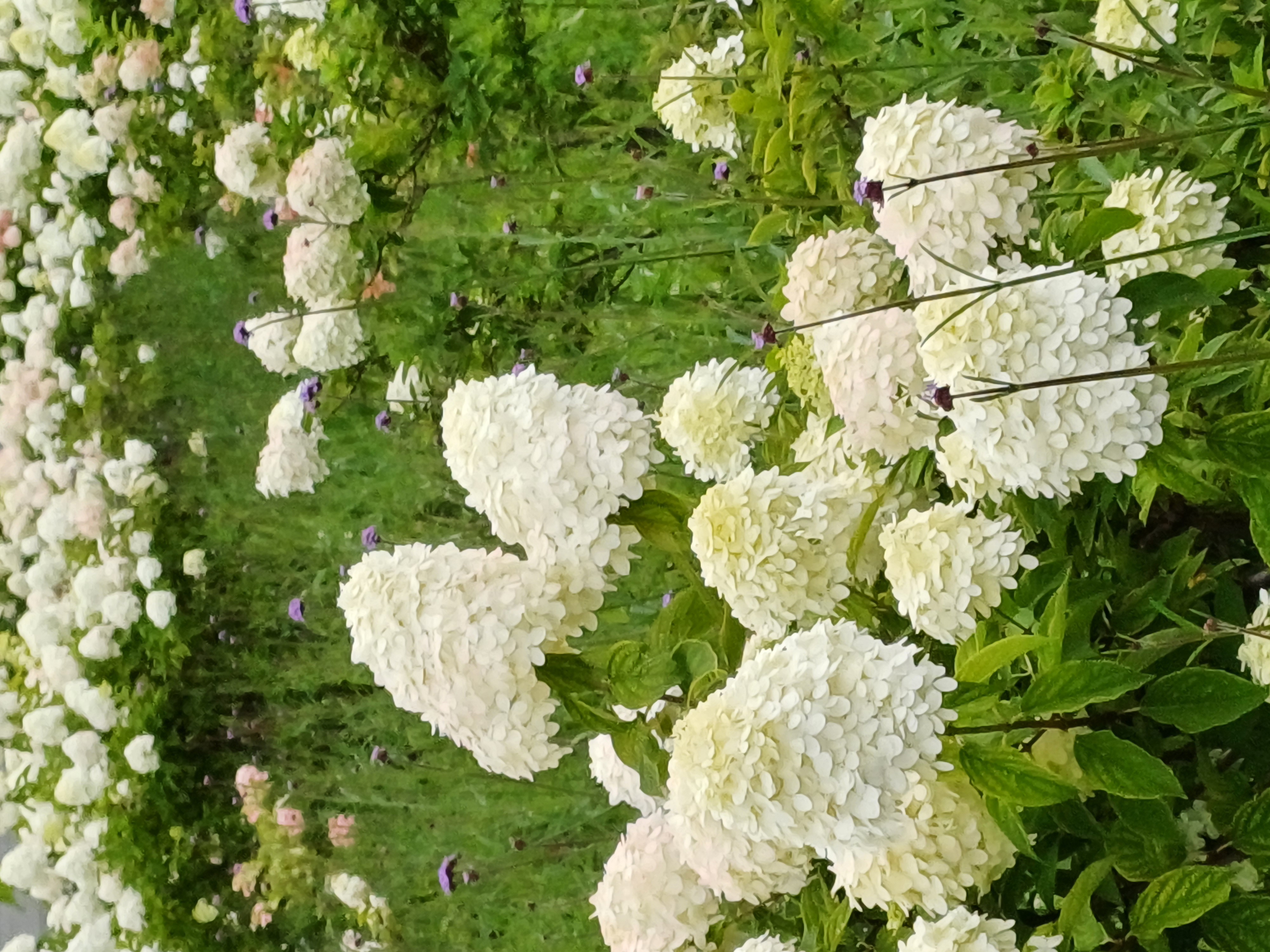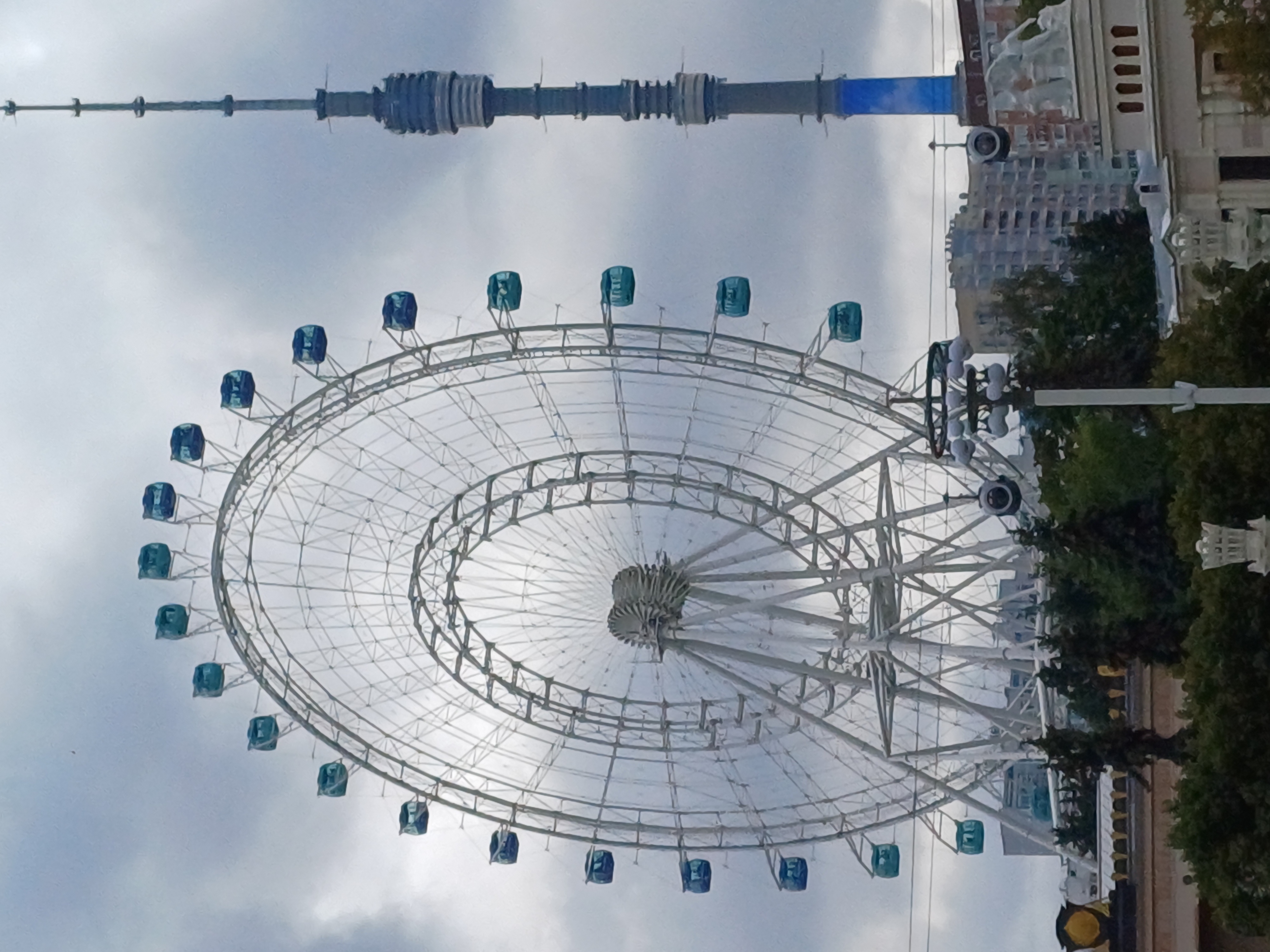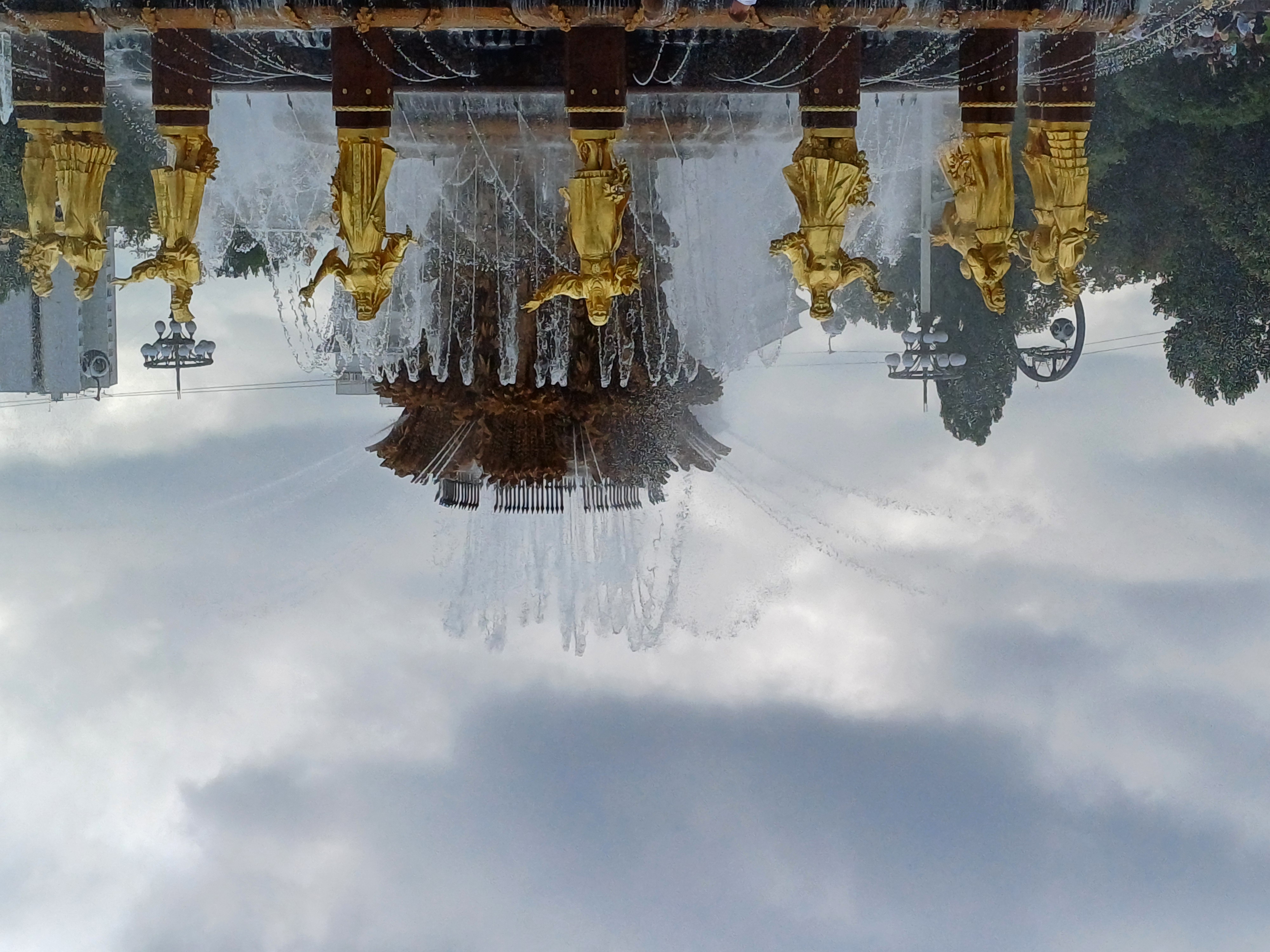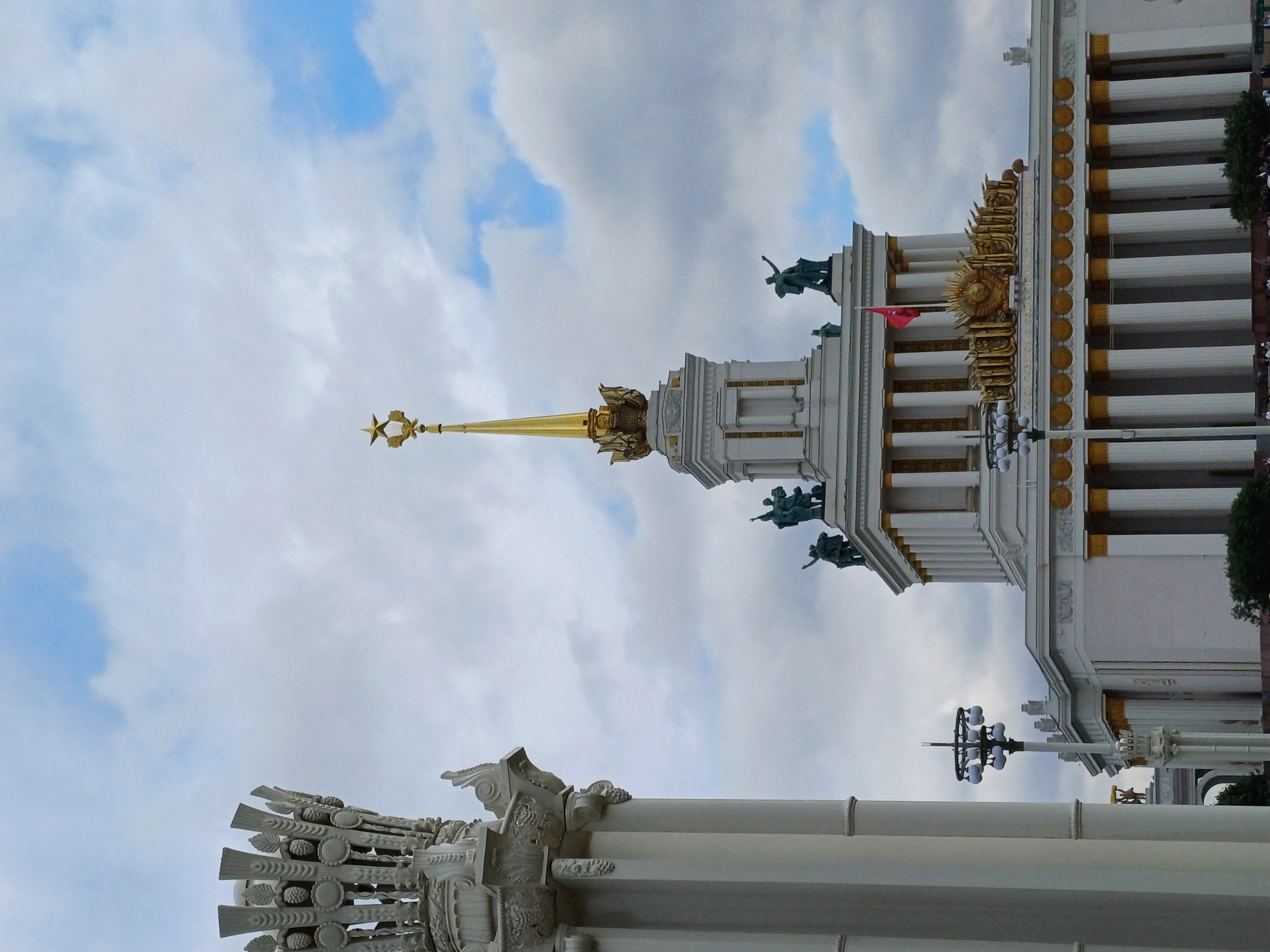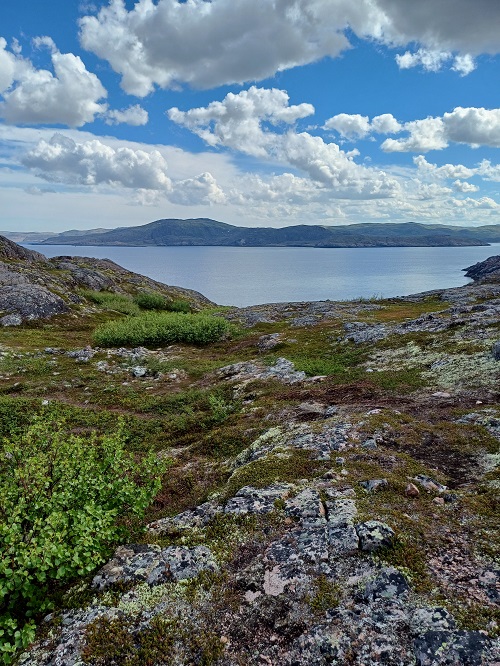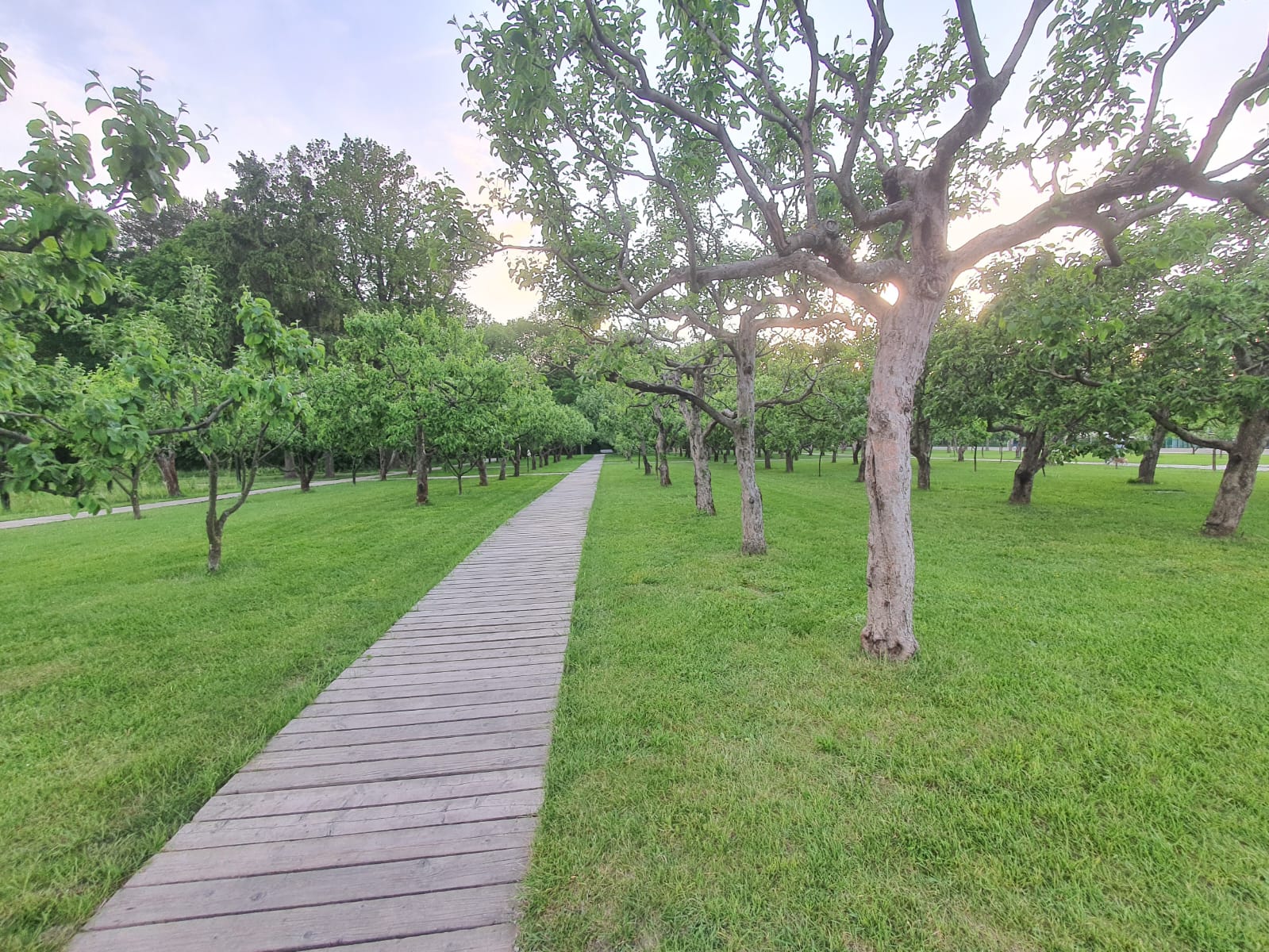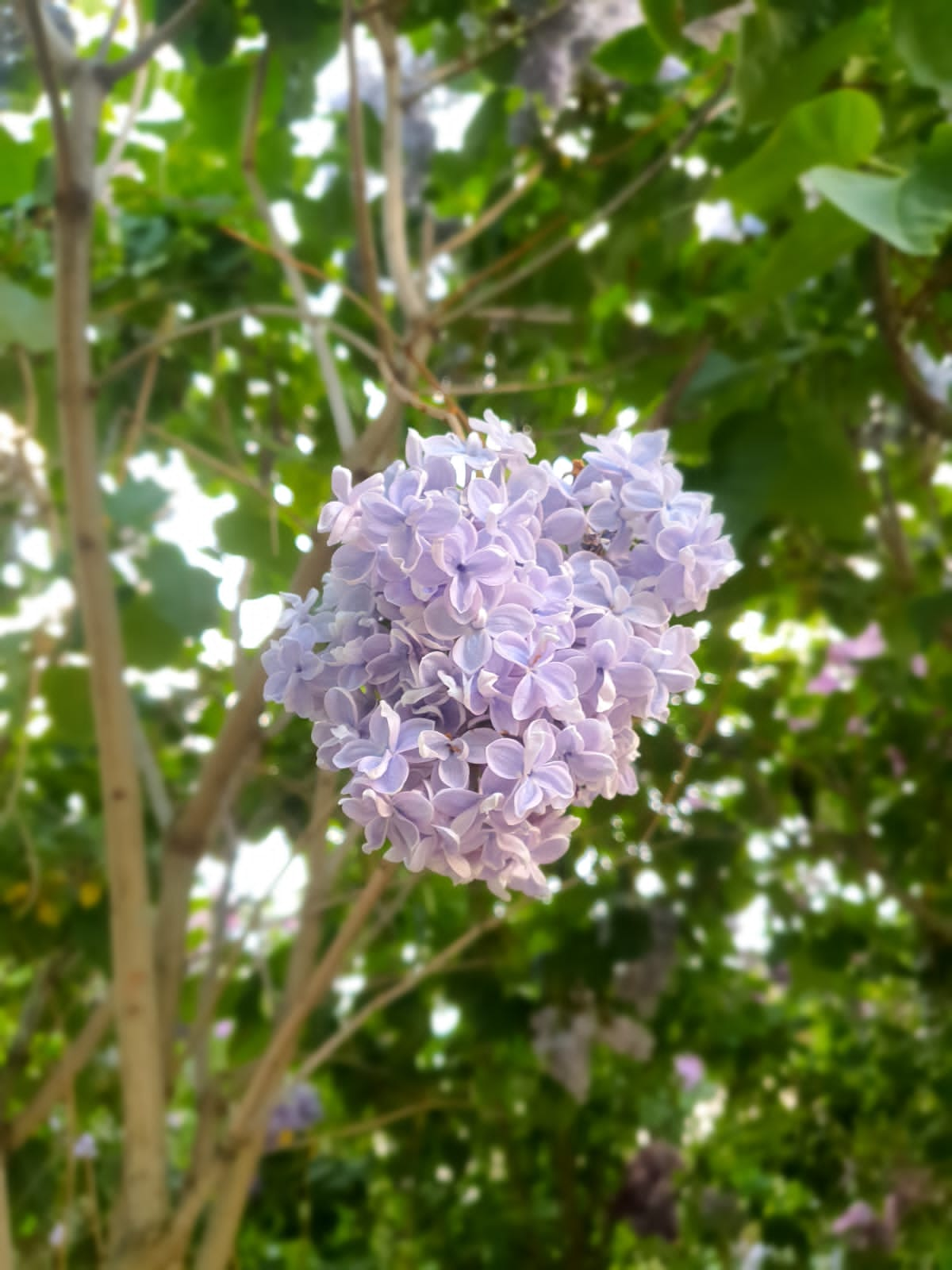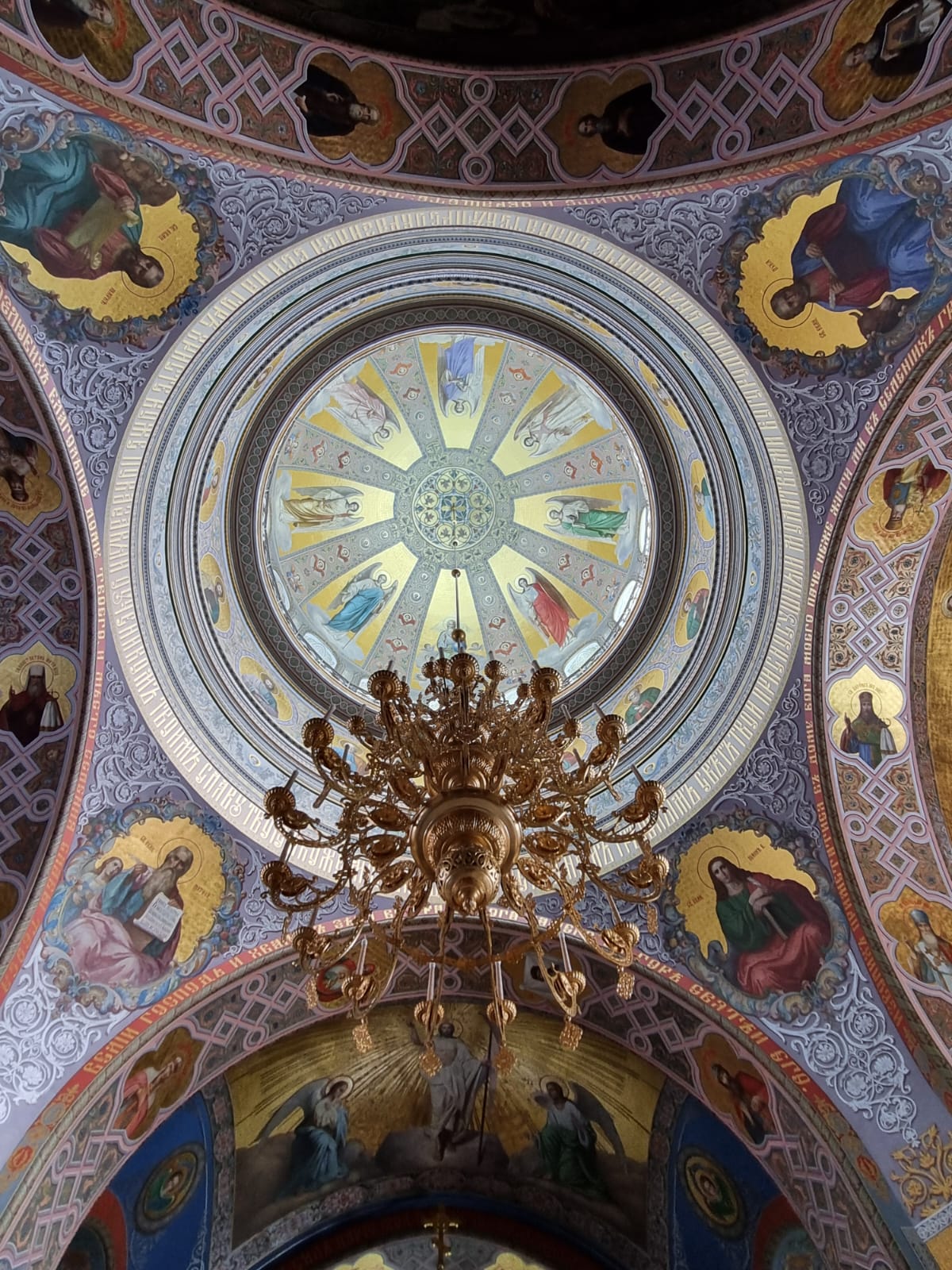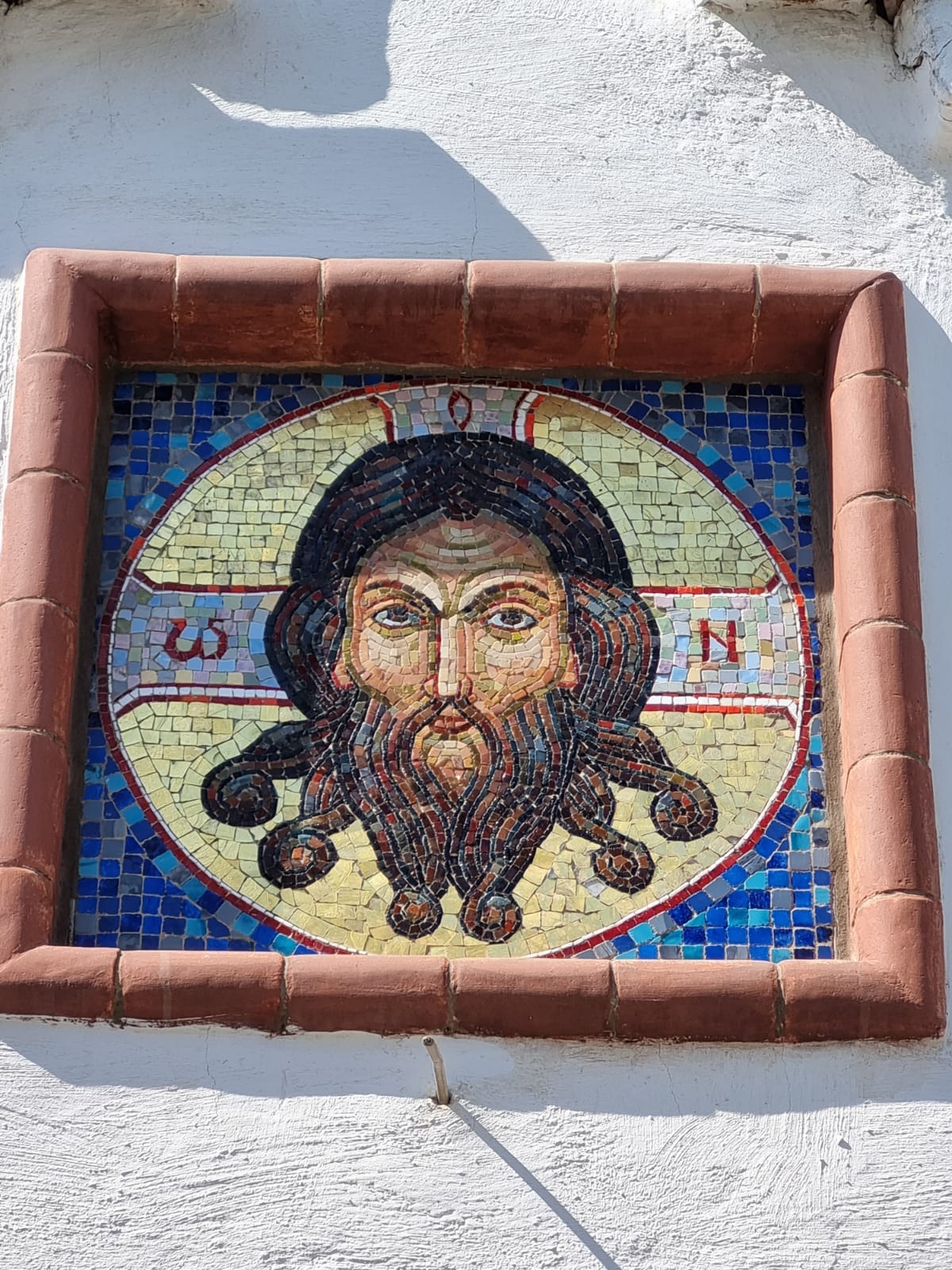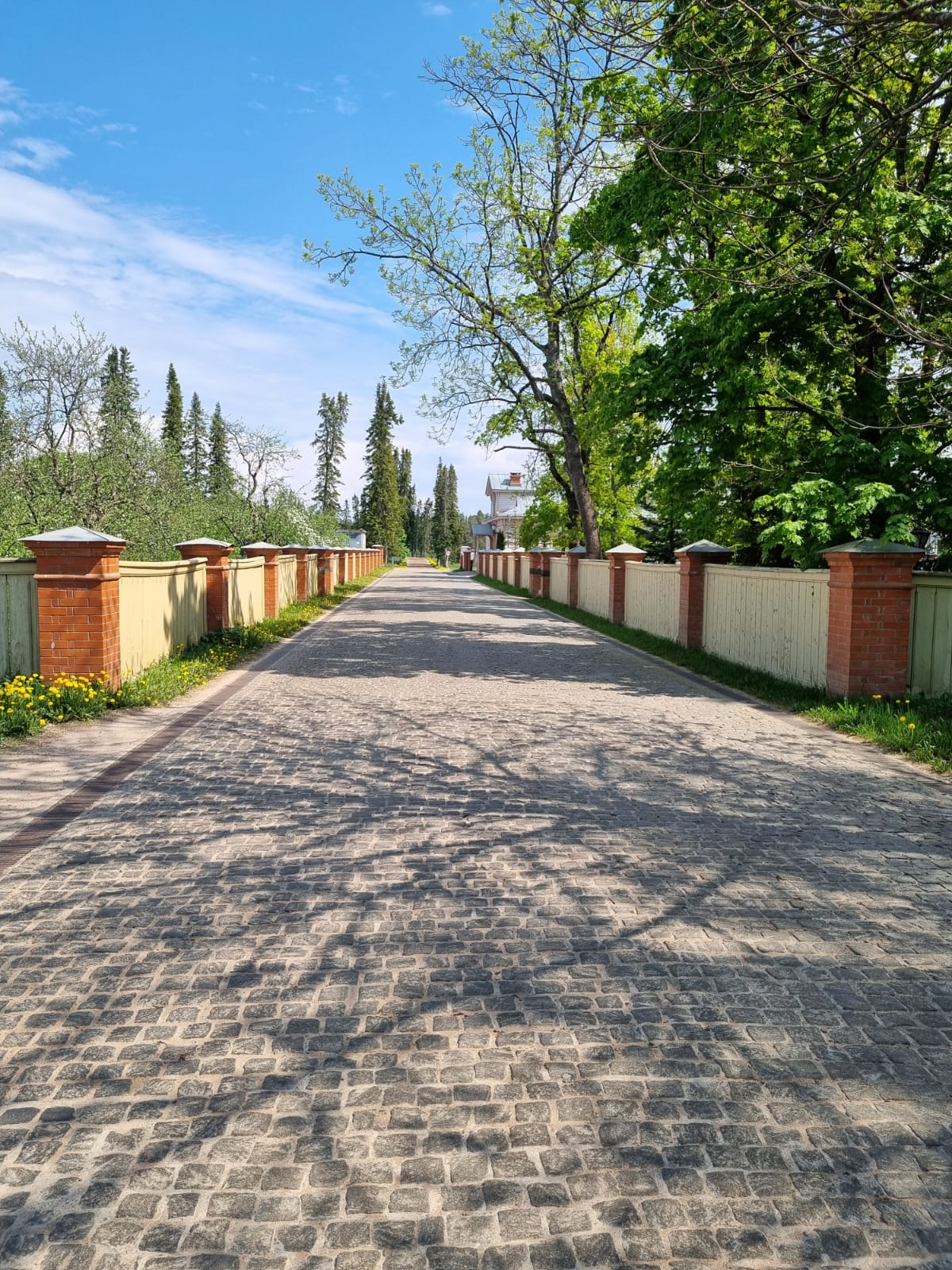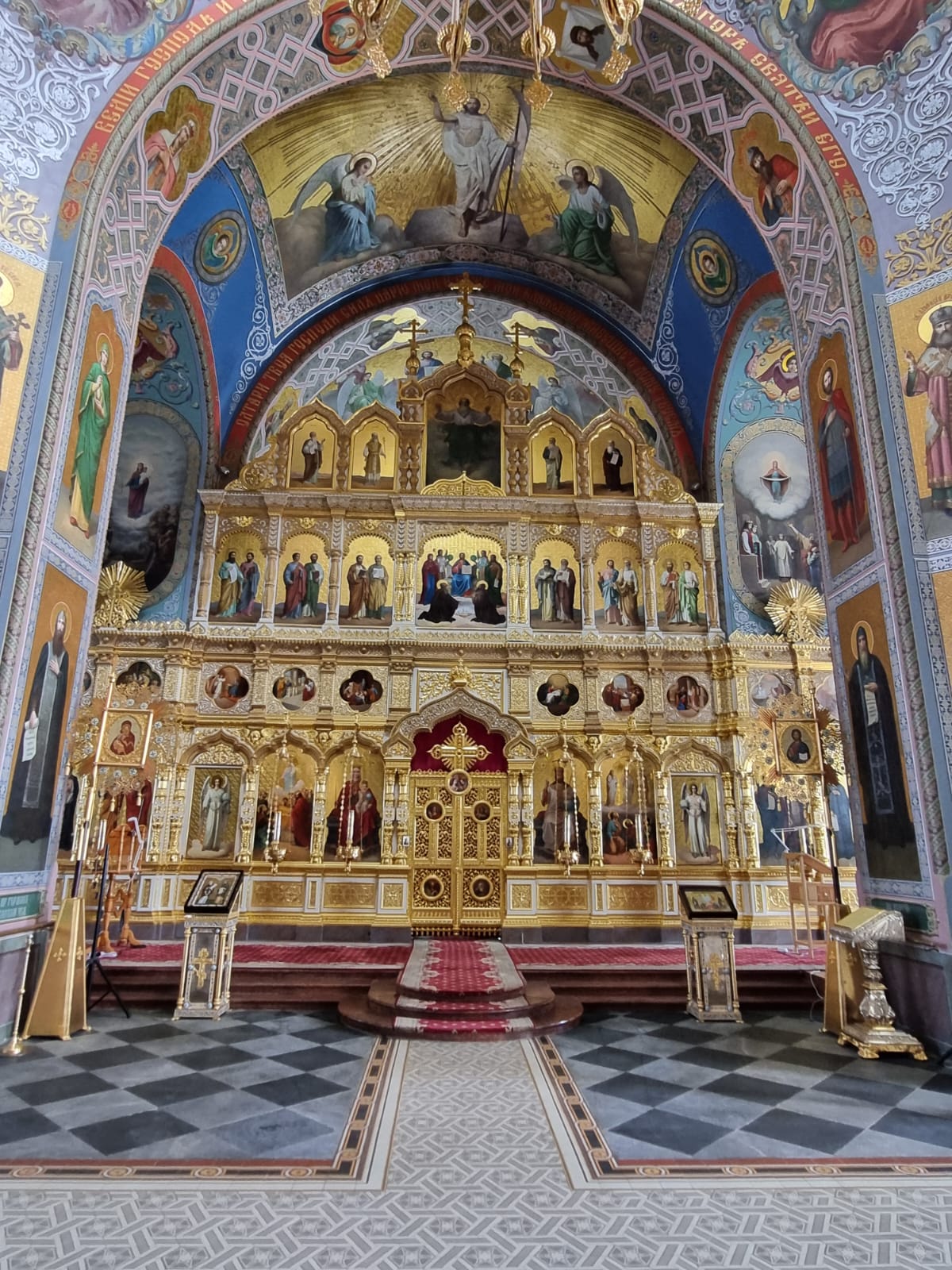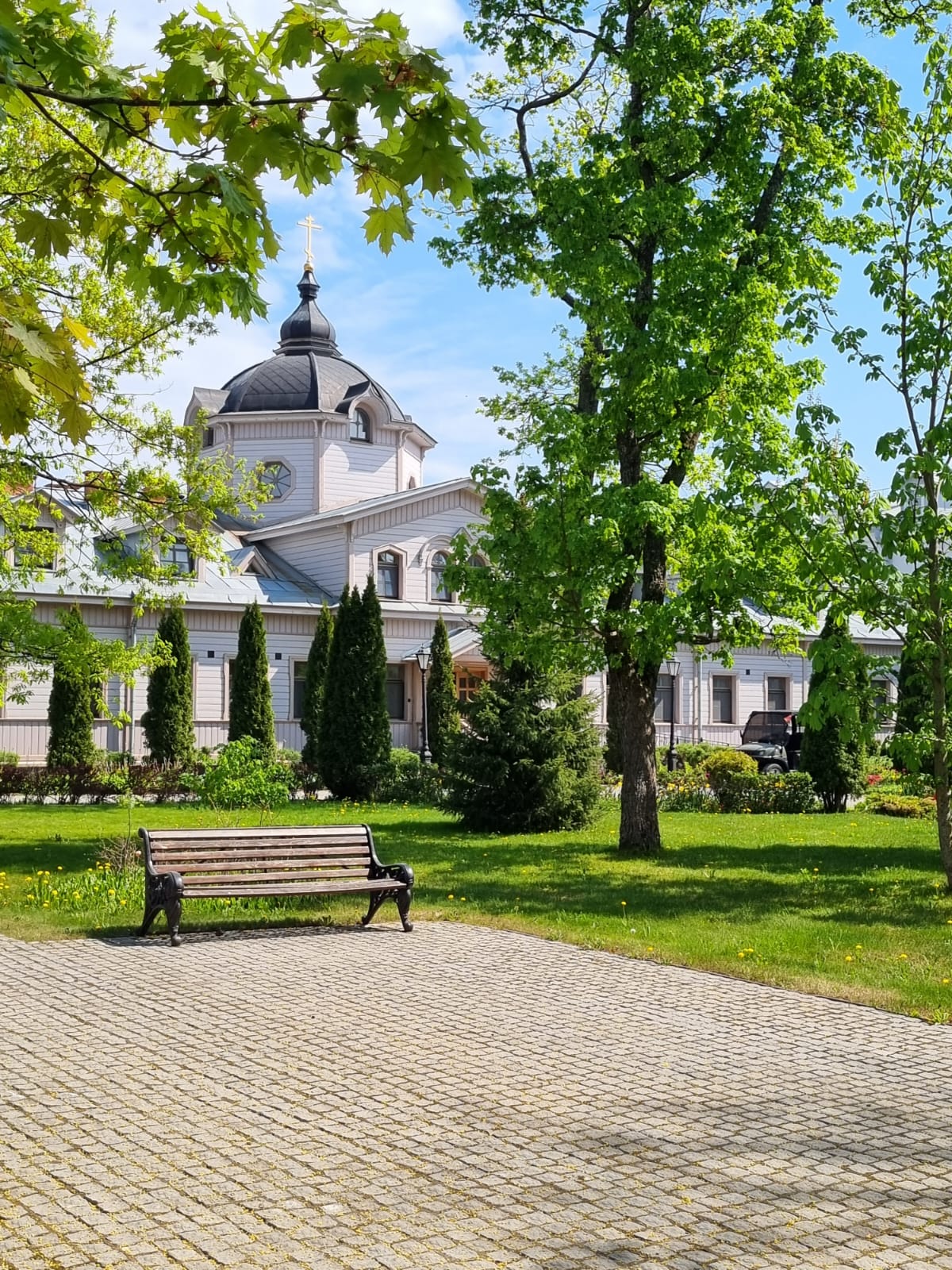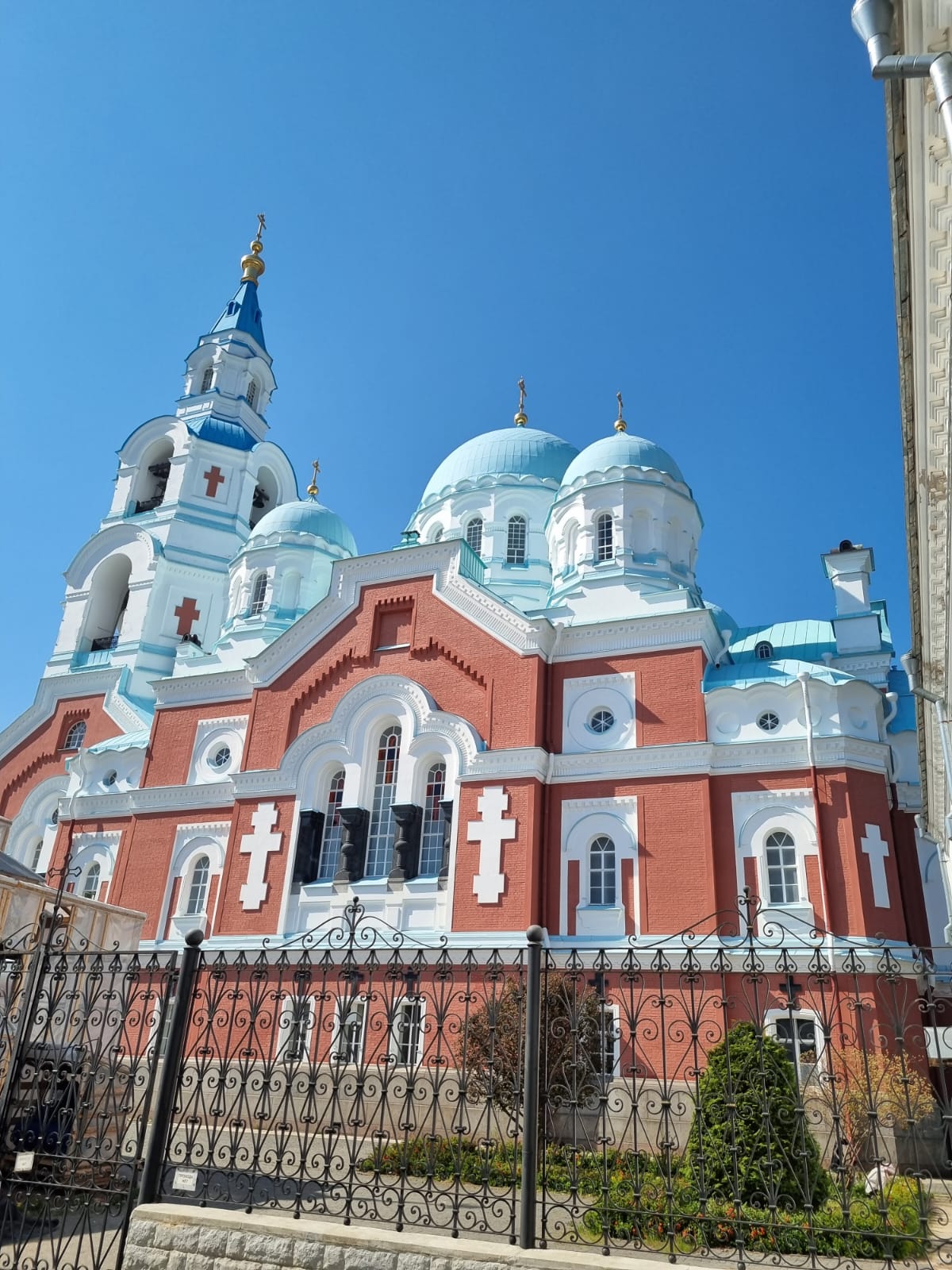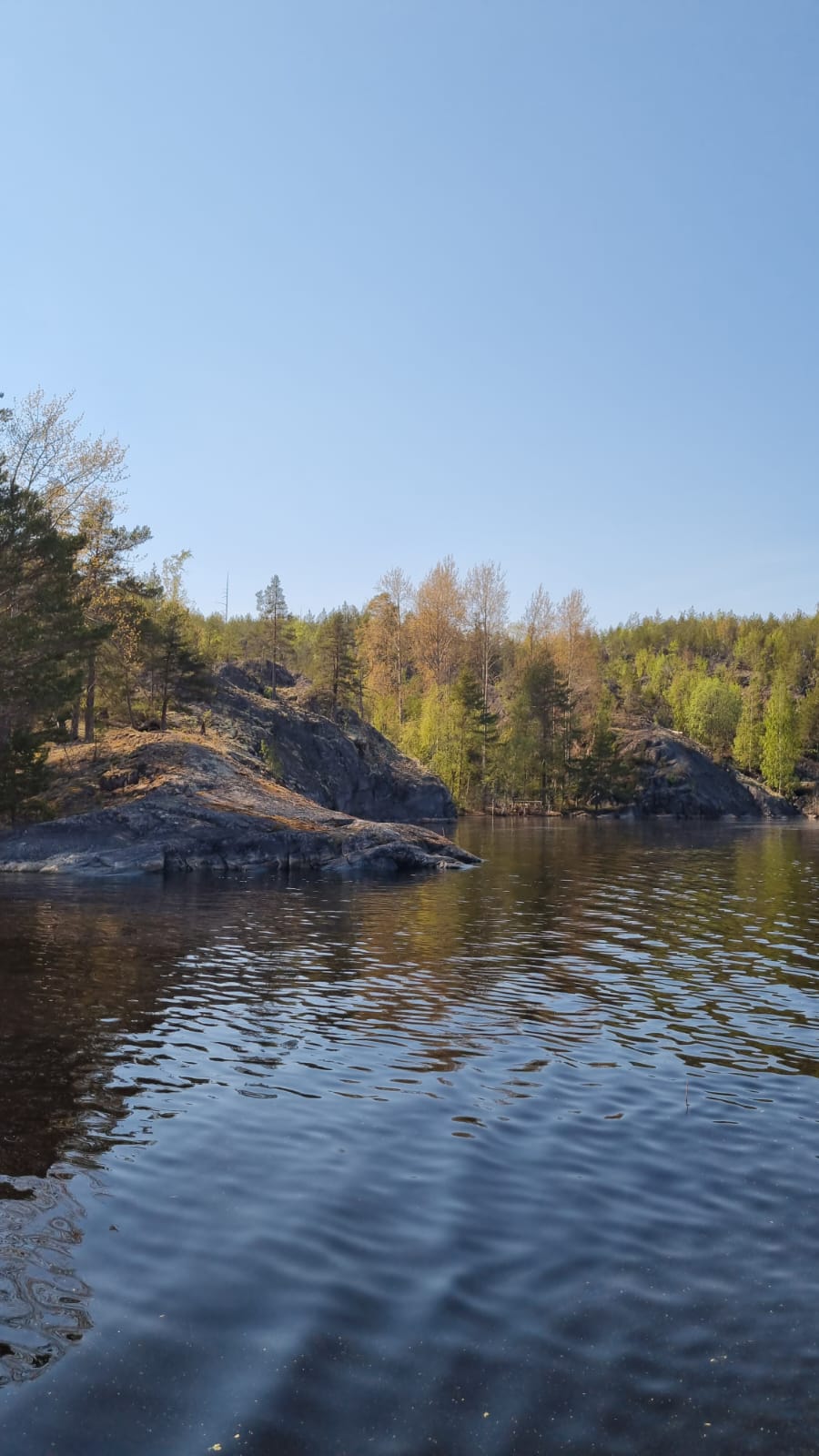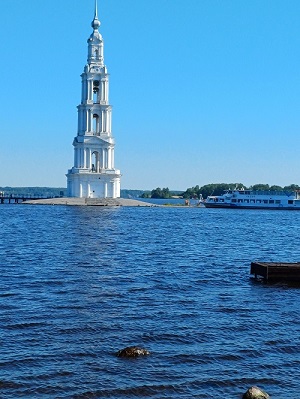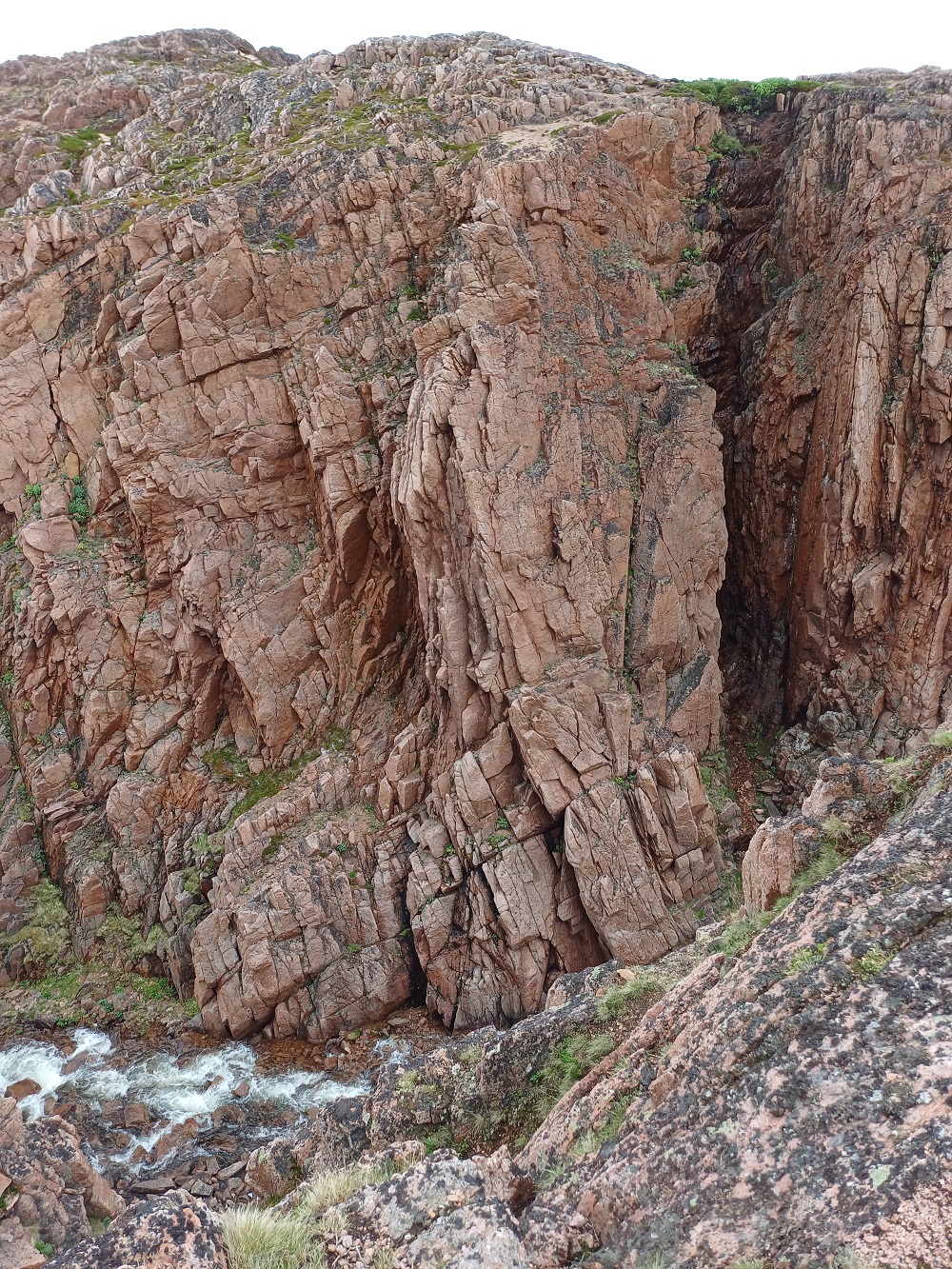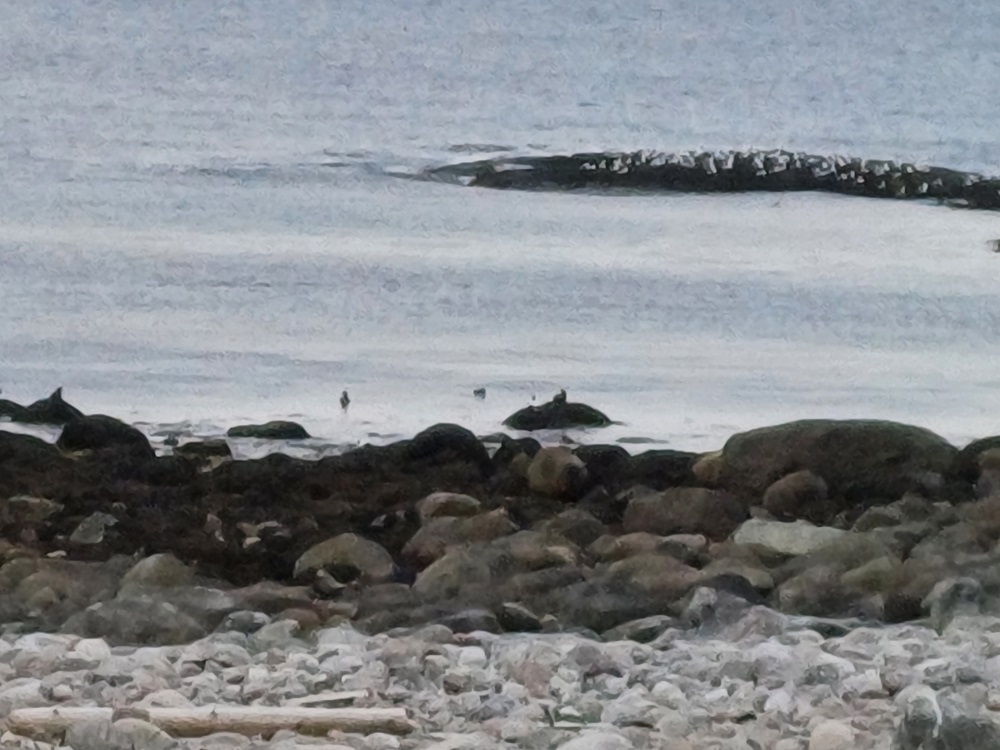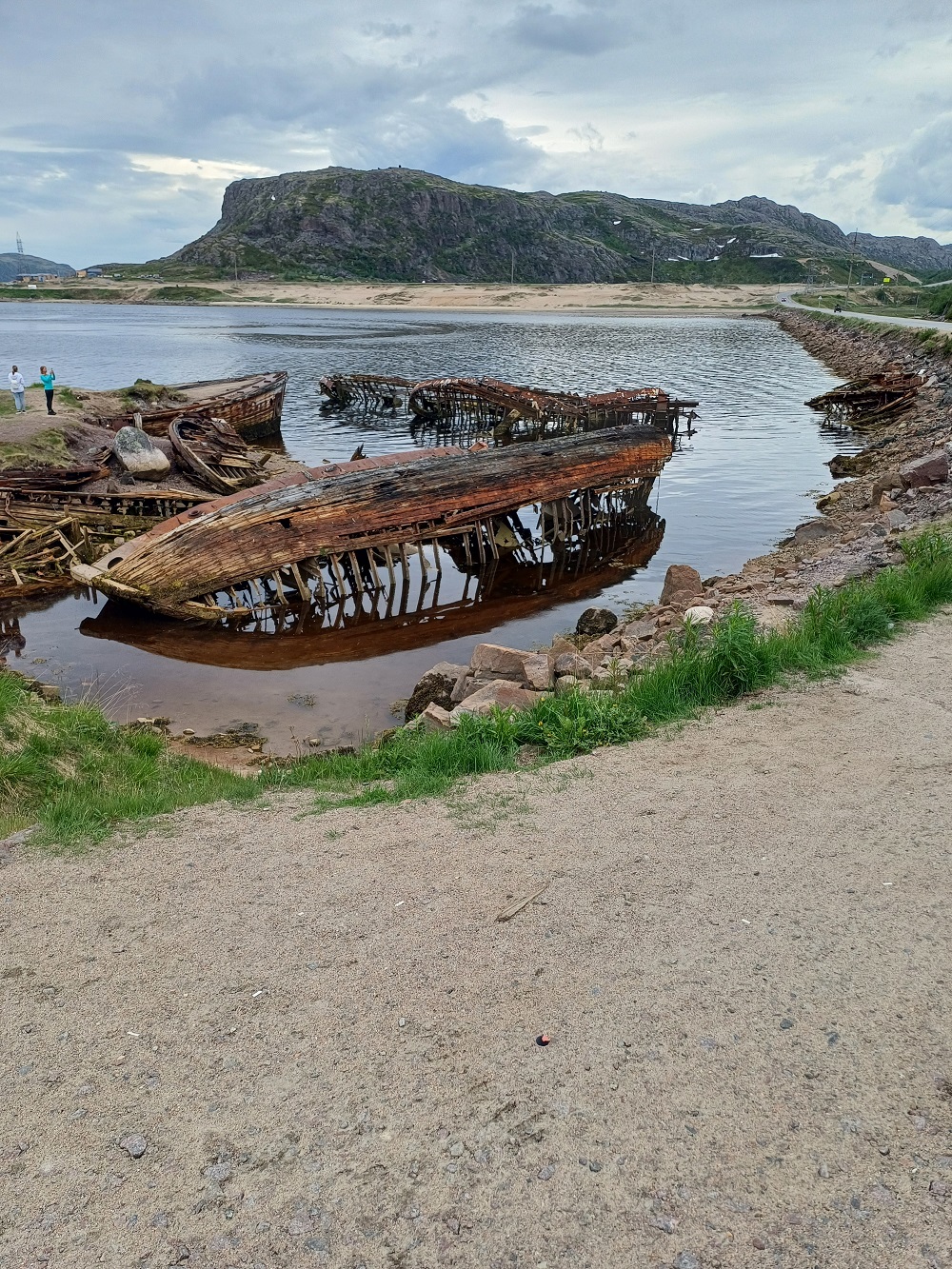Karelia
Karelia is an amazing region located in the northwest of Russia and the east of Finland. With its unique natural heritage, rich culture and historical sites, Karelia attracts tourists from all over the world. Here you can feel the harmony with nature, visiting national parks, lakes, forests. Karelian resorts are famous for their clean air and warm mineral springs. The atmosphere of mystery and enigma is inherent in Karelian villages with famous stone outliers and ancient petroglyphs.
History of Karelia: from ancient times to the present day
Karelia is a unique region, rich in historical events and cultural heritage. Its history spans thousands of years: from the first mentions in ancient chronicles to the present day. In ancient times, Finno-Ugric tribes lived here, then the Scandinavians appeared and founded their settlements here. In the Middle Ages, Karelia became part of Suomi, then the influence of the Swedish Kingdom left its mark on its culture and development. After the Russo-Swedish War, Karelia came under the rule of the Russian Empire. In Soviet times, the region actively developed as an industrial and cultural center. Today, Karelia is an amazing mixture of historical monuments, national traditions and modern achievements, attracting the attention of tourists and researchers from all over the world.
Natural Resources of Karelia: Lakes, Forests, and Waterfalls
Karelia, a fertile land in northwestern Russia, is known for its unique natural resources. Lakes are one of its most attractive attributes. More than 60 thousand lakes are scattered throughout the republic, with Lake Beloye and Lake Onega among the most beautiful. Forests cover about 80% of Karelia, creating a unique natural environment. Rivers are also rich, supplying the lakes with the purest water. Waterfalls such as Kivach and Porogi are symbols of the wild beauty of these places. The natural resources of Karelia attract tourists from all over the world who want to enjoy the amazing world around them.
Cultural Heritage of Karelia: Traditions and Folk Art
The cultural heritage of Karelia is rich and diverse, reflecting the thousand-year history of this region. The traditions of the Karelian people are embodied in folk art, which includes folk songs, dances, folk crafts and rituals. One of the most famous elements of Karelian culture is the Kalevala song, with its characteristic melodic sound and deep lyrics that tell about the life and fate of the people. Also, an important place in the cultural heritage of Karelia is occupied by traditional folk costumes, embroidery and folk workshops, where unique items of folk life are still created. The folk art of Karelia reflects the unique features of this region and continues to live and develop in the modern world, preserving its value and uniqueness.
Tourist routes in Karelia: recreation and adventure
Karelia is a unique place for tourists, offering a variety of routes for recreation and adventure. One of the most popular routes is a hike through the Valaam Archipelago National Park, where tourists can enjoy the harmony of nature and historical monuments. Another interesting route is a trip to Kizhi Island, famous for its ancient wooden buildings. Fans of active recreation can choose a route to the Ruskeala National Park, where you can go skiing or bike along picturesque trails. In Karelia, everyone will find something to their liking - from a secluded holiday on the lake to exciting adventures in the mountains.
Modern life in the Republic of Karelia: economy, education and culture
Modern life in the Republic of Karelia is distinguished by its unique dynamics in the field of economy, education and culture. The economic development of the region is based on the extraction of natural resources, the development of the forestry industry, tourism and agriculture. Education in Karelia occupies an important place, due to the presence of highly qualified specialists and modern educational institutions. The cultural life of the republic is rich in multinational heritage, traditional crafts and the unique musical culture of the Karelians and Vepsians. All this makes modern life in Karelia rich and interesting for residents and guests of the region.
